Prehistory: Notable People, Organizations, and Civilizations (inc. Cultures)
1/200
Earn XP
Description and Tags
Notable prehistorical and archaic cultures and civilizations from the first hominids to the end of the Bronze Age and beginning of the Iron Age (around 1200 BCE - 600 BCE)
Name | Mastery | Learn | Test | Matching | Spaced |
|---|
No study sessions yet.
201 Terms
4.4 MYA - Ardi (Fact 1)
Ardipithecus Ramidus of Ethiopia during the Pliocene Epoch (before the Lower Paleolithic)
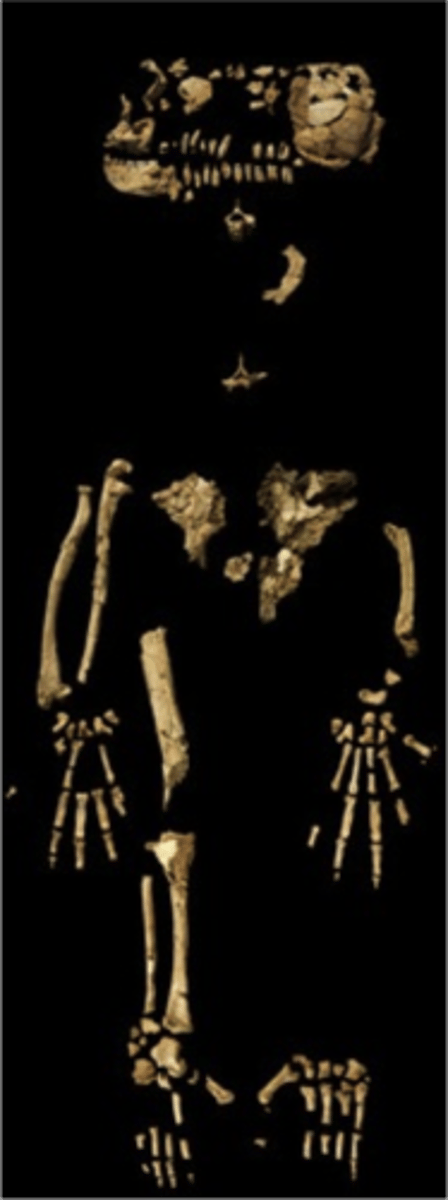
3.7 MYA - 3.5 MYA - Laetolians (Fact 1)
Group of Australopithecines (bipedal hominids) in the namesake place in Tanzania during the Pliocene Epoch (before the Lower Paleolithic)
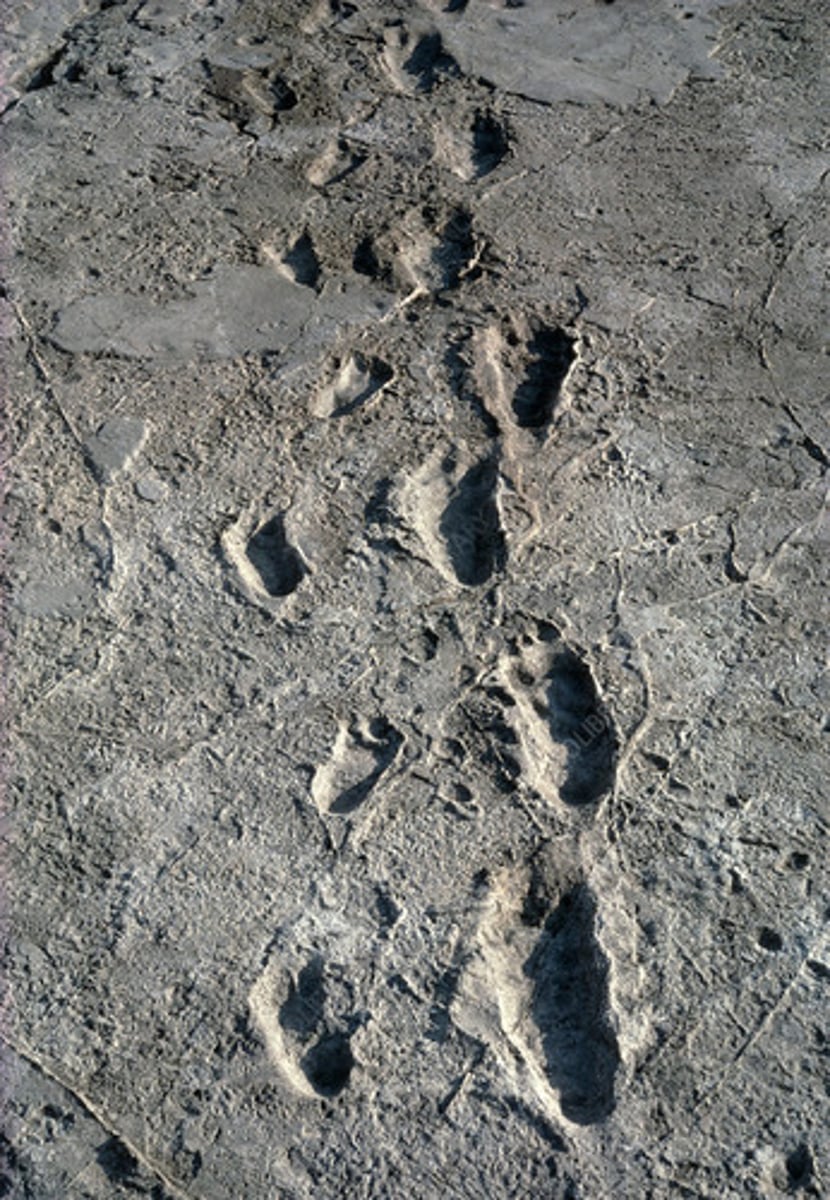
3.7 MYA - 3.5 MYA - Laetolians (Fact 2)
Were 4-5 feet in height, they constantly were checking for predators
3.7 MYA - 3.5 MYA - Laetolians (Fact 3)
Their ability to assume an upright (bipedal) posture gives them
Extra height, which affords them the ability to spot possible dangers from potential carnivorous enemies
Assists them in their quest for food
Adds to their endurance, and the ability to stride out, or even run for many hours
Freed hands for future evolution; gaining the ability to grip with their thumbs
3.7 MYA - 3.5 MYA - Laetolians (Fact 4)
Able to compete with other species for the first time
Tend to be scavengers living in small groups
Can already use existing objects such as stone or pieces of wood, to assist them in their search for food
Walked across the namesake place
3.5 MYA - 3.2 MYA - Flat-Faced Man (Fact 1)
Kenyanthropus Platyops of Lake Turkana, Kenya during the Pliocene Epoch (before the Lower Paleolithic)
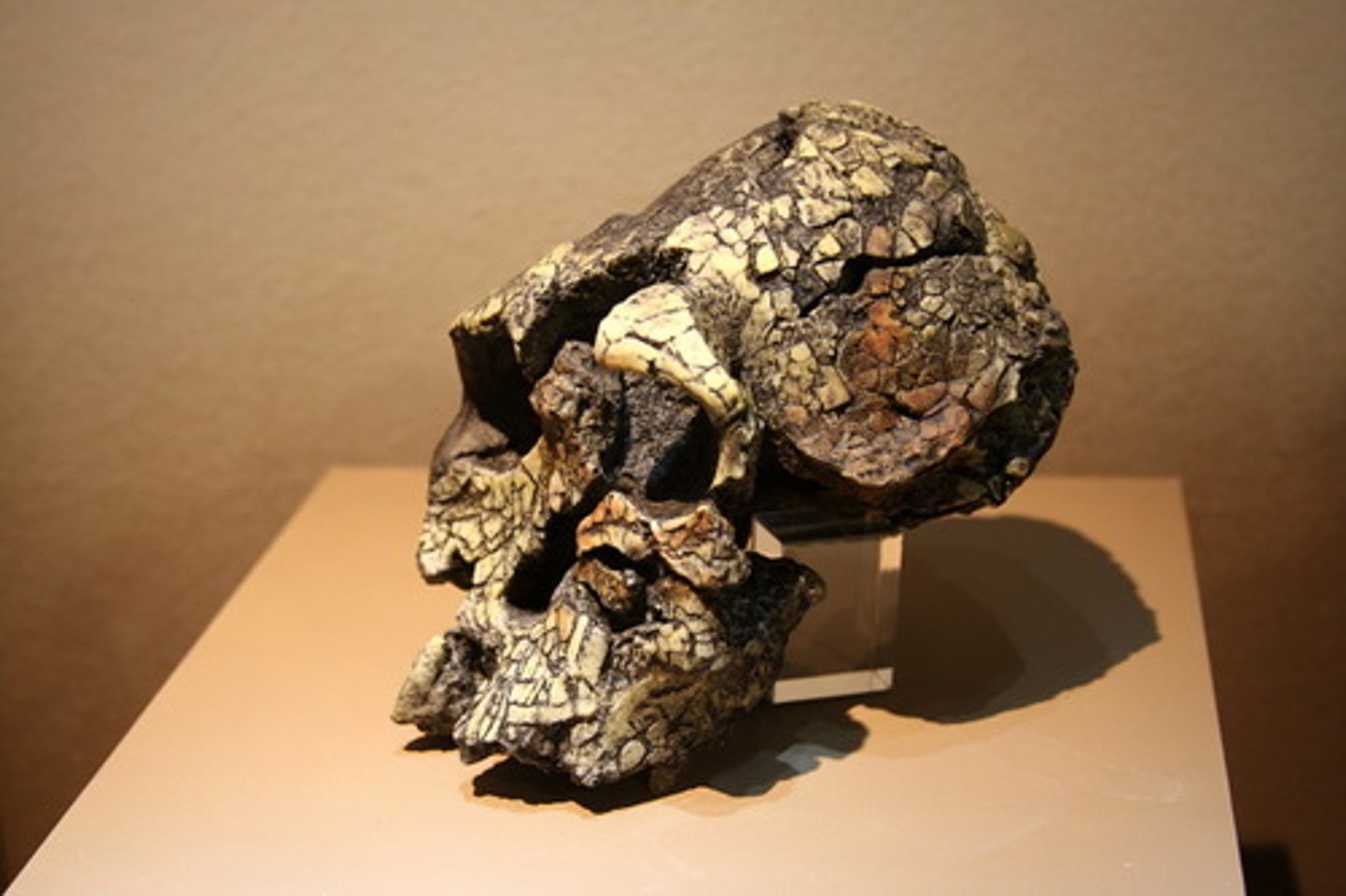
3.3 MYA - 2.6 MYA - Lomekwians (Fact 1)
Group of Australopithecine toolmakers in Africa during the Lower Paleolithic
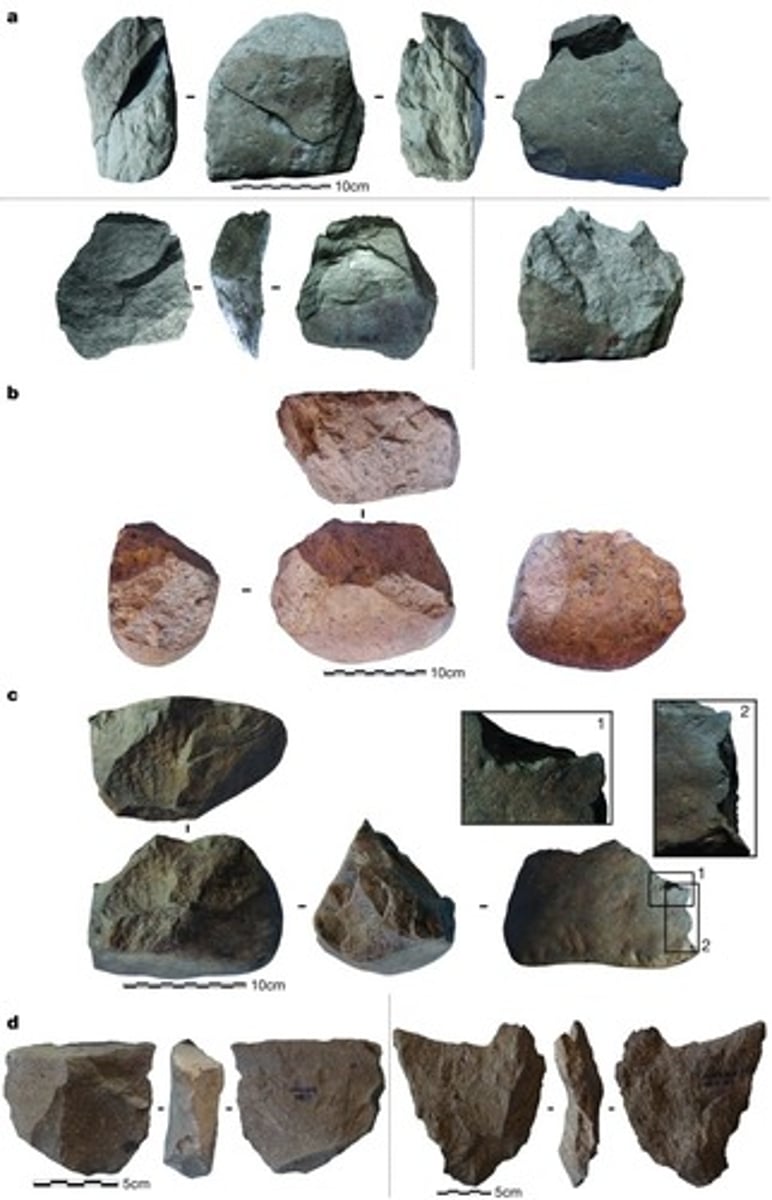
3.2 MYA - 3.1 MYA - Lucy (Fact 1)
Australopithecus Afarensis of Ethiopia (40% of skeleton recovered) during the Pliocene Epoch (before the Lower Paleolithic)
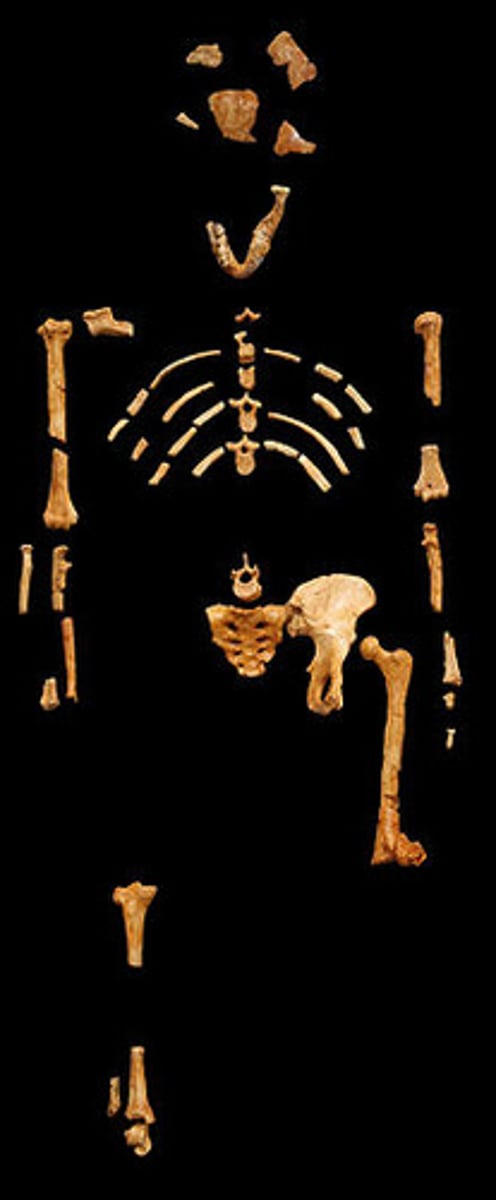
3.2 MYA - 3.1 MYA - Lucy (Fact 2)
Australopithecus Afarensis of Ethiopia who died at the age of 25
3.2 MYA - 3.1 MYA - Lucy (Fact 3)
Australopithecus Afarensis of Ethiopia whose stature was small - hardly 4 feet in height - and her brain capacity was limited to no more than 400cc; however, her teeth and jaws were huge and primitive
3.2 MYA - 3.1 MYA - Lucy (Fact 4)
Australopithecus Afarensis of Ethiopia, one of the first to have known to be bipedal; lives in the region of Hadar
3.2 MYA - 3.1 MYA - Lucy (Fact 5)
Australopithecus Afarensis of Ethiopia whose family of 9 adults and kids was killed at about this time in a disaster like a flood
3 MYA - 2.6 MYA - Taung Child (Fact 1)
Australopithecus Africanus of South Africa during the Pliocene Epoch (before the Lower Paleolithic)
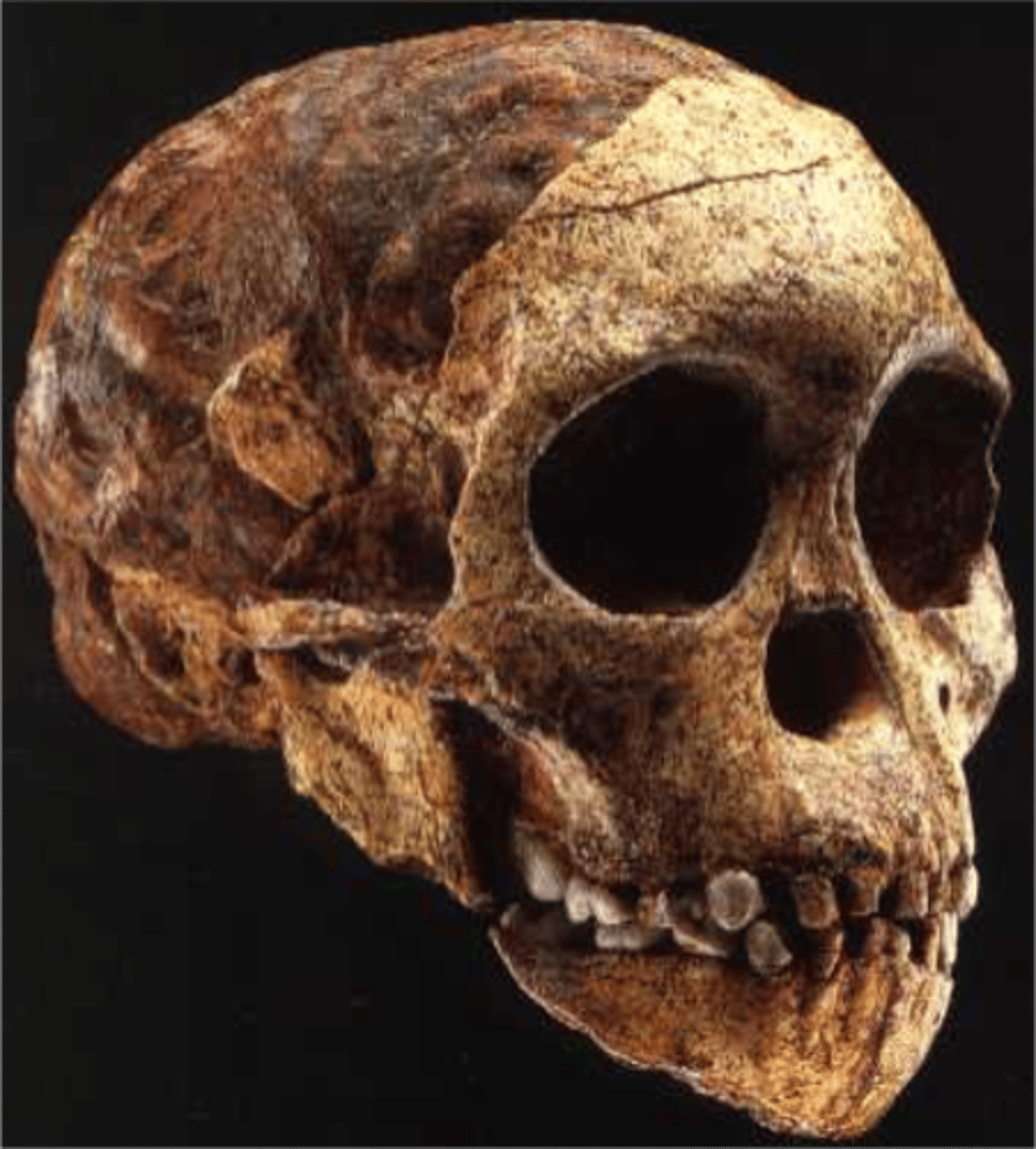
3.03 MYA - 2.61 MYA - Taung Child (Fact 2)
Had a small brain and humanlike teeth
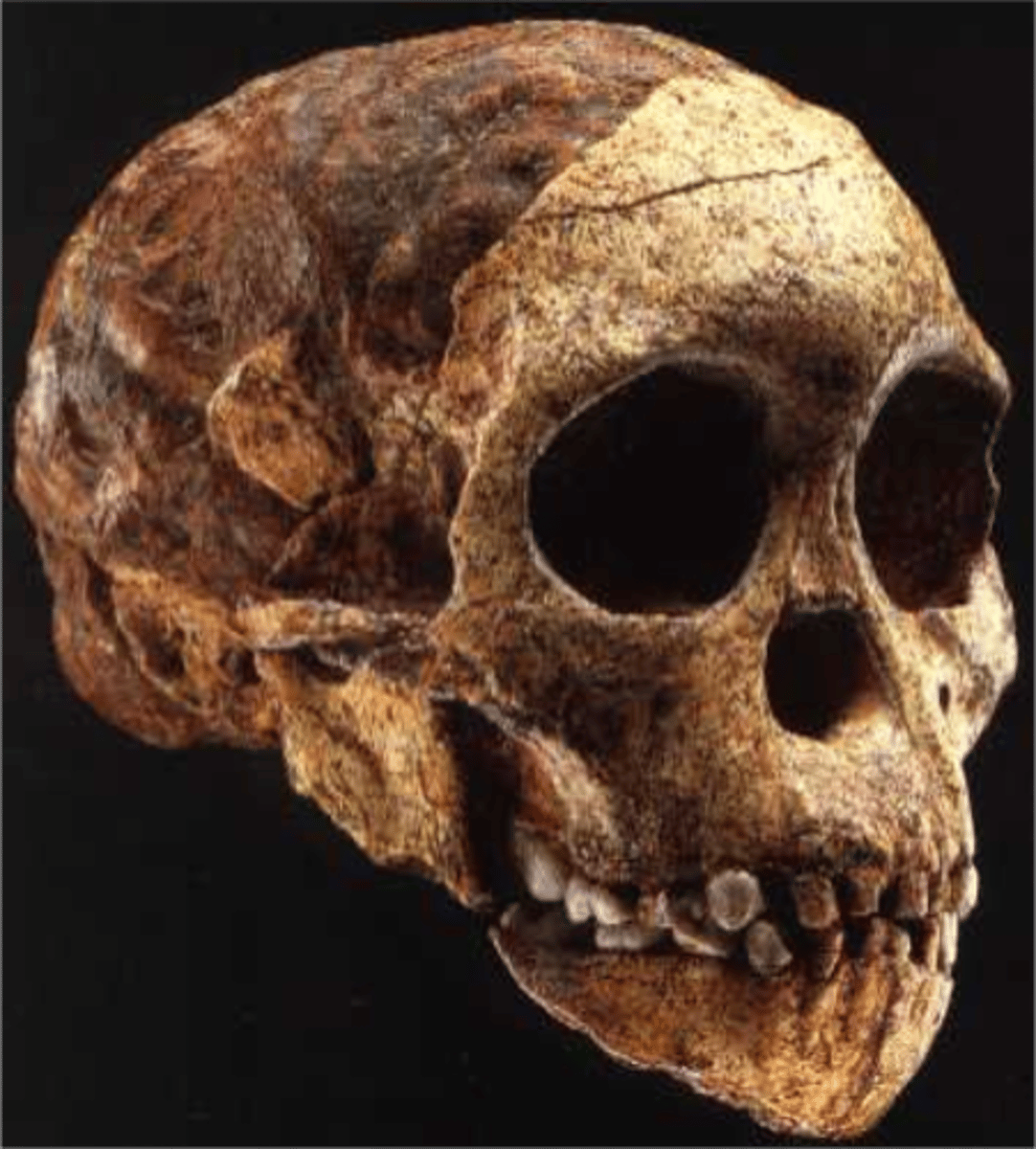
2.9 MYA - 2.5 MYA - Proto-Oldowanians (Fact 1)
Group that made the first stone tools; quickly spread word of these tools to other groups
2.6 MYA - 1.7 MYA - Oldowanians (Fact 1)
Group of Australopithecine, Homo Habilis, Homo Erectus, and Homo Ergaster toolmakers in Africa during the Lower Paleolithic
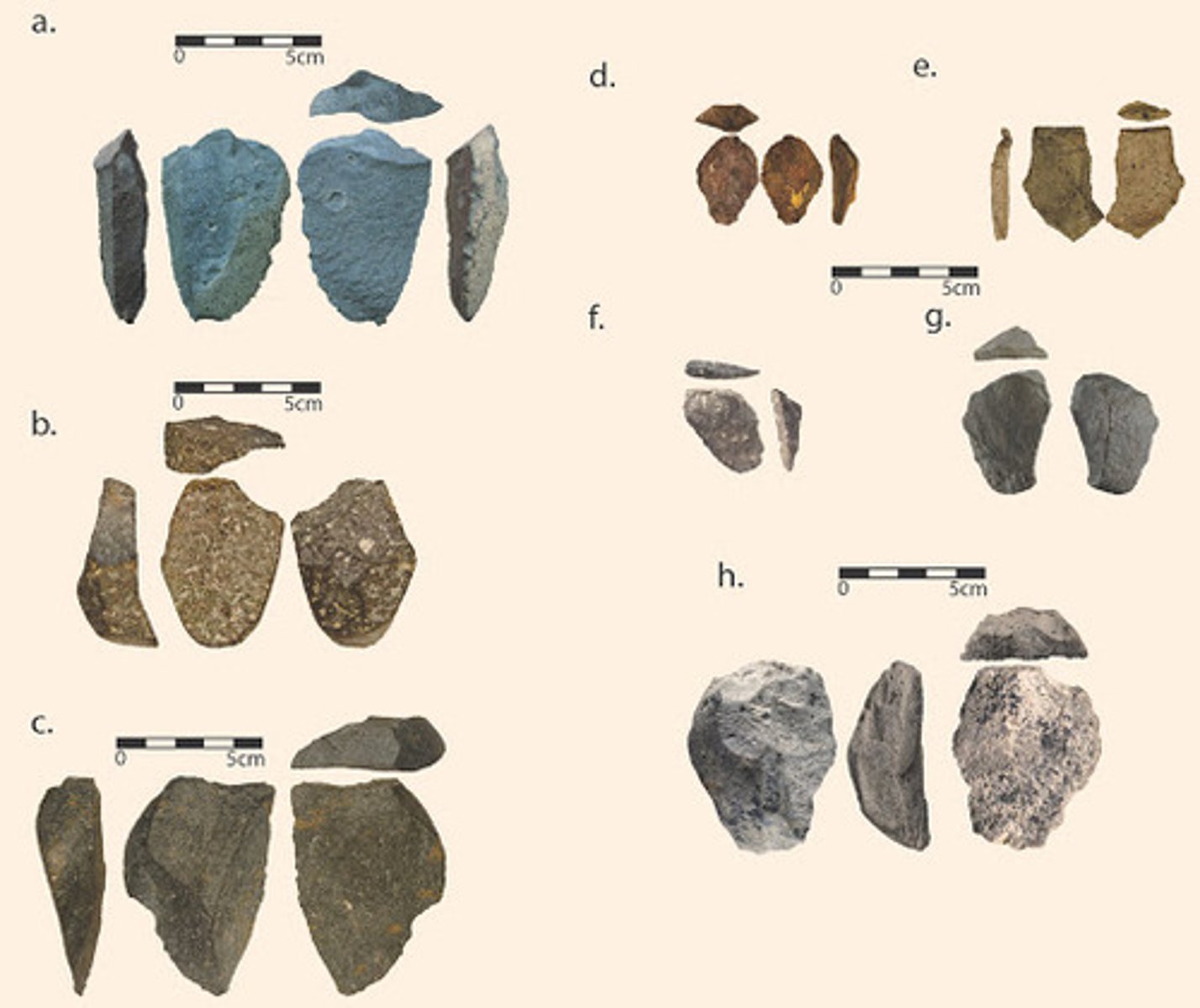
2.5 MYA - BOU-VP-12/130 (Fact 1)
Australopithecus Garhi of (Bouri Formation) Ethiopia during the Lower Paleolithic

2.1 MYA - Mrs. Ples (Fact 1)
Australopithecus Africanus of Sterkfontein, South Africa during the Lower Paleolithic

2.2 MYA - 1.8 MYA - Dmanisians (Fact 1)
Group of Homo Erectus of the namesake place in Georgia during the Lower Paleolithic
1.8 MYA - Twiggy (Fact 1)
Homo Habilis of Olduvai Gorge, Tanzania during the Lower Paleolithic
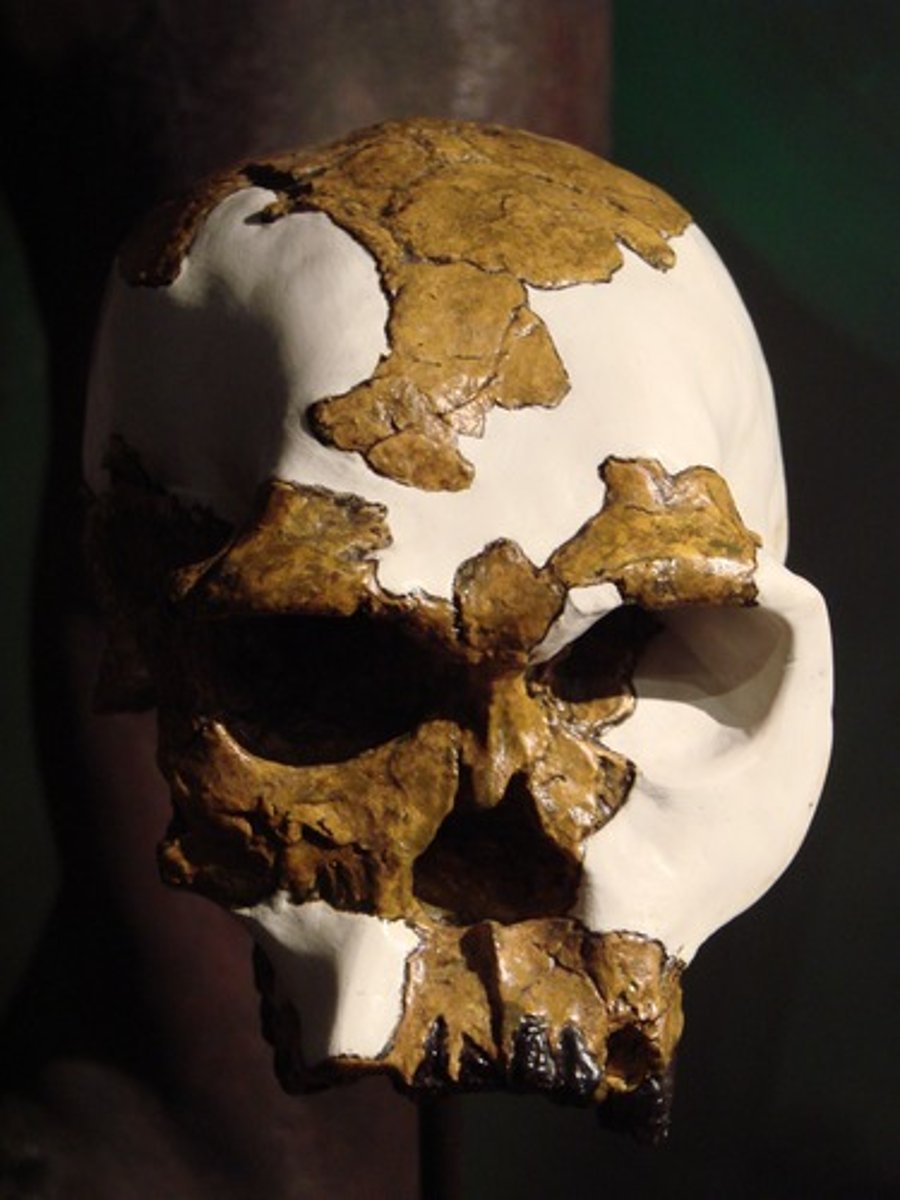
1.75 MYA - Johnny's Child (Fact 1)
Homo Habilis of Olduvai Gorge, Tanzania during the Lower Paleolithic
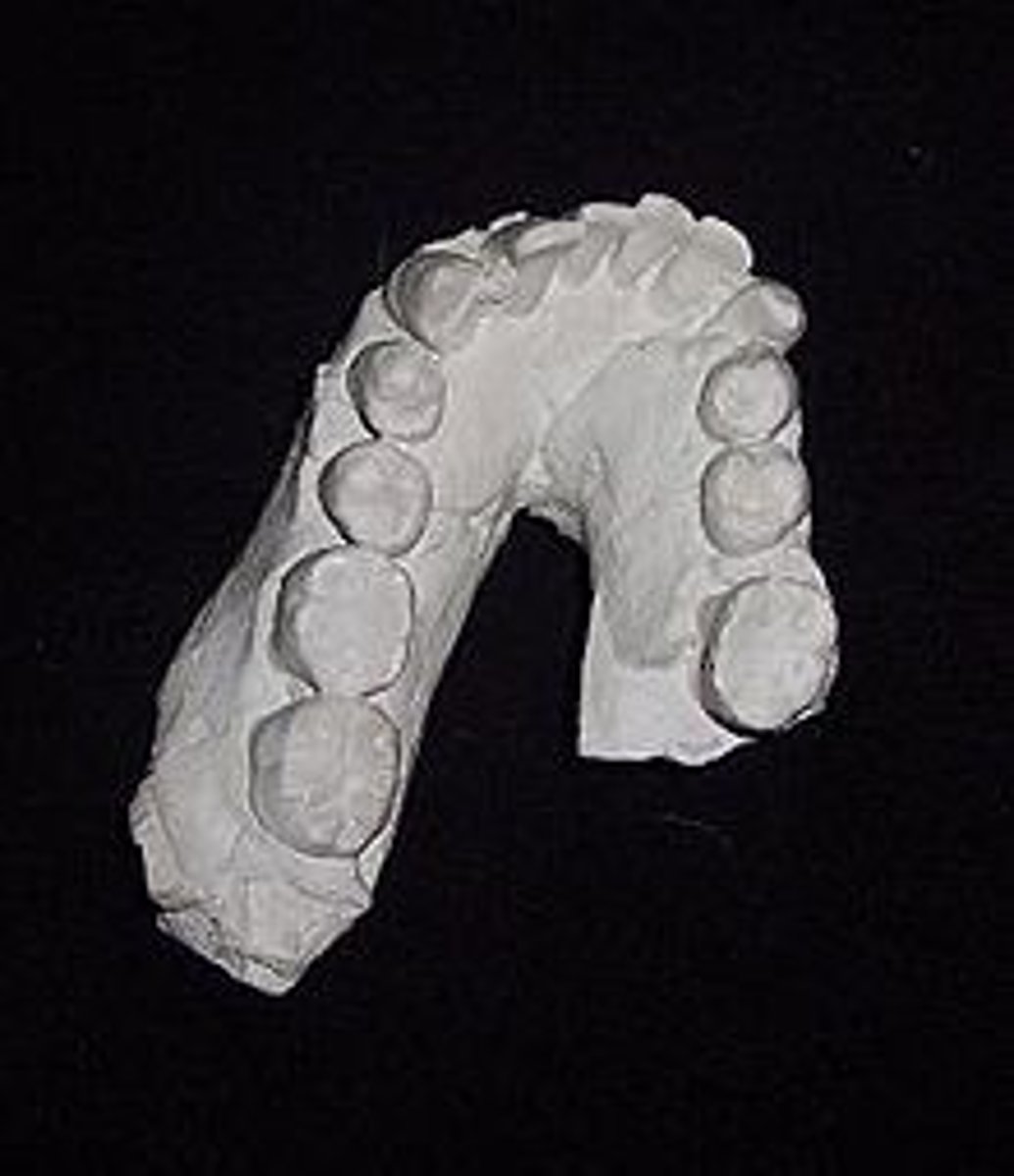
1.7 MYA - 100,000 BP - Acheuleans (Fact 1)
Group of Homo Erectus, Homo Ergaster, and Homo Heidelbergensis toolmakers in Africa, Europe, and Asia during the Lower and Middle Paleolithic
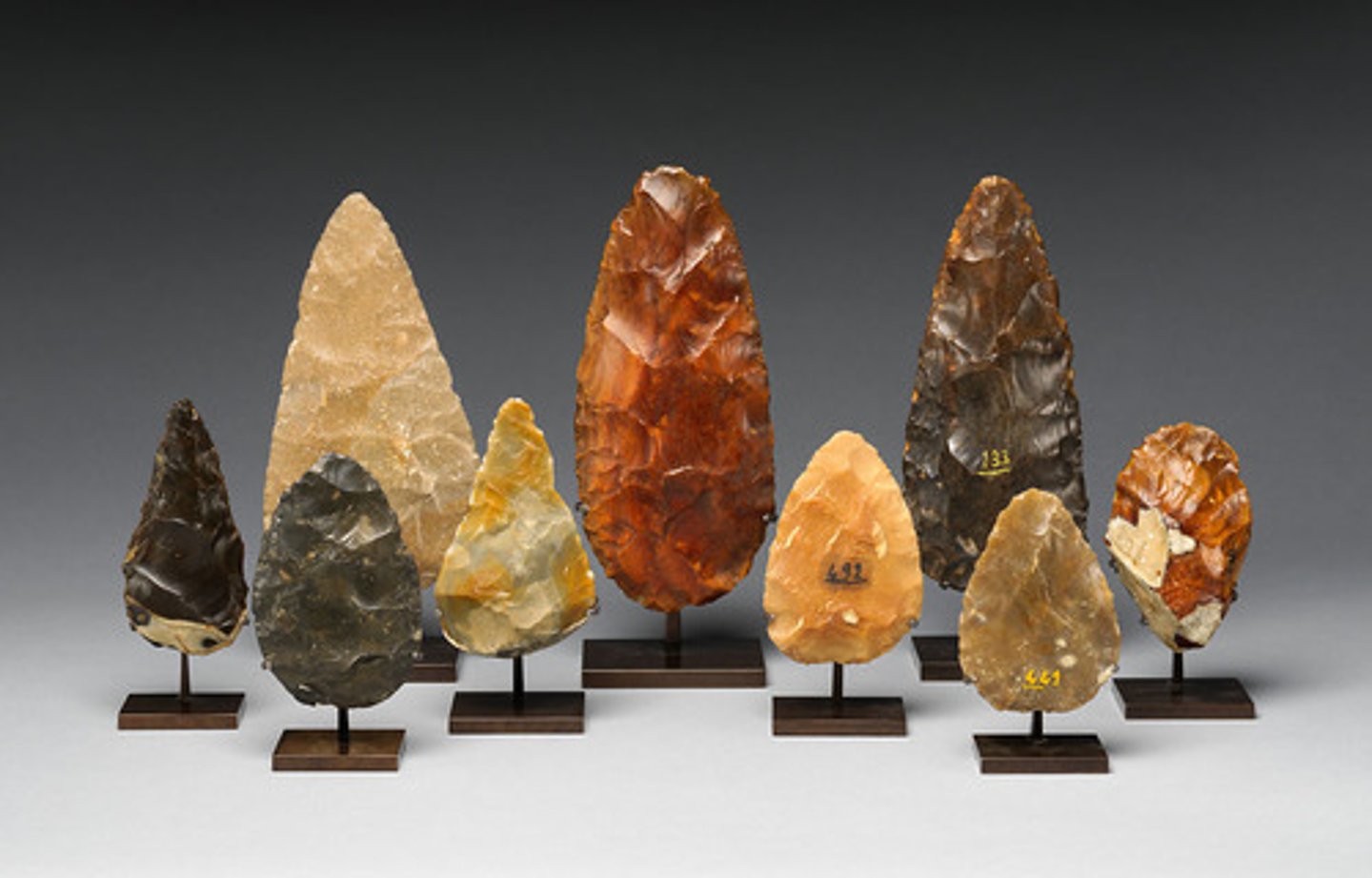
1.7 MYA - 0.5 MYA - Yuanmou Man (Fact 1)
Homo Erectus of China during the Lower Paleolithic
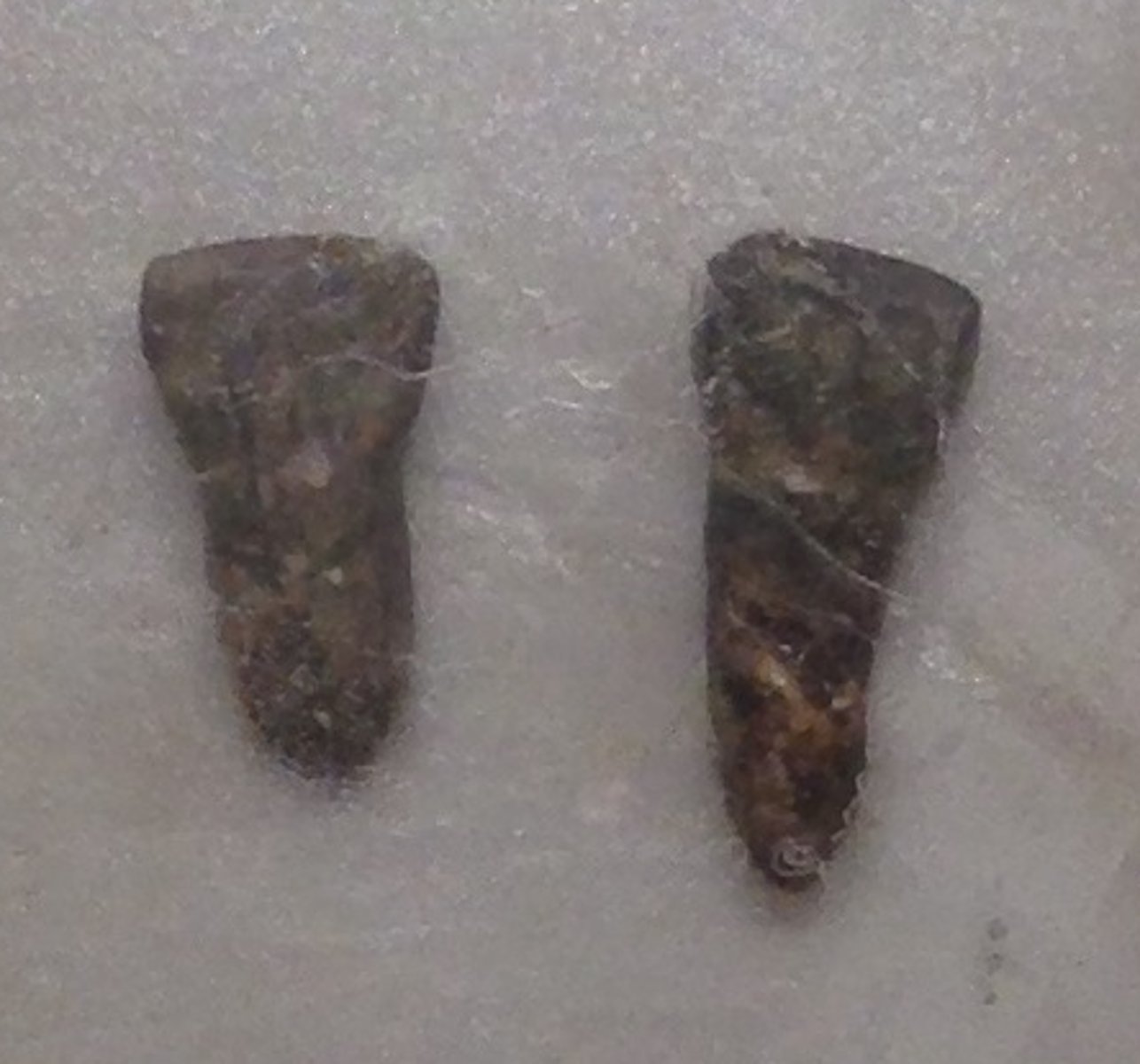
1.65 MYA - 1.5 MYA - Turkana Boy (Fact 1)
Homo Erectus of Kenya (most complete early hominin skeleton ever)

1.65 MYA - 1.5 MYA - Turkana Boy (Fact 2)
Homo Erectus at the site of Nariokotome III
1.65 MYA - 1.5 MYA - Turkana Boy (Fact 3)
Was almost 6 feet in height, one of the tallest specimens of hominids known in the early prehistoric period and a brain capacity of almost 900cc
1.6 MYA - 0.7 MYA - Sangiran 2 (Fact 1)
Homo Erectus of Indonesia during the Lower Paleolithic

1.6 MYA - 0.7 MYA - Sangiran 2 (Fact 2)
Homo Erectus characterized by having a cranium with a long low plane behind the orbits and inwardly sloping sides
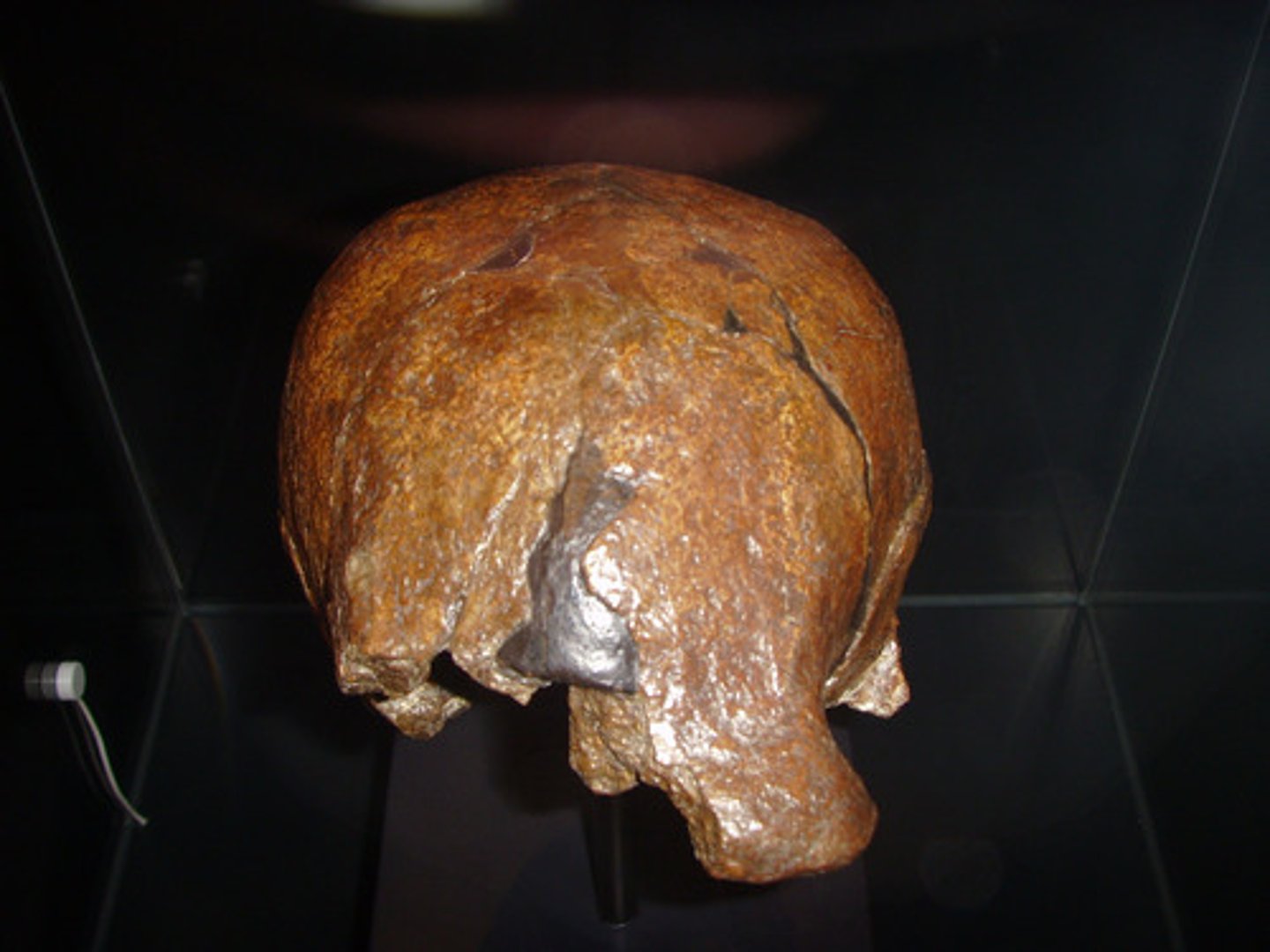
1.4 MYA - Chellean Man (Fact 1)
Homo Erectus of Olduvai Gorge, Tanzania during the Lower Paleolithic
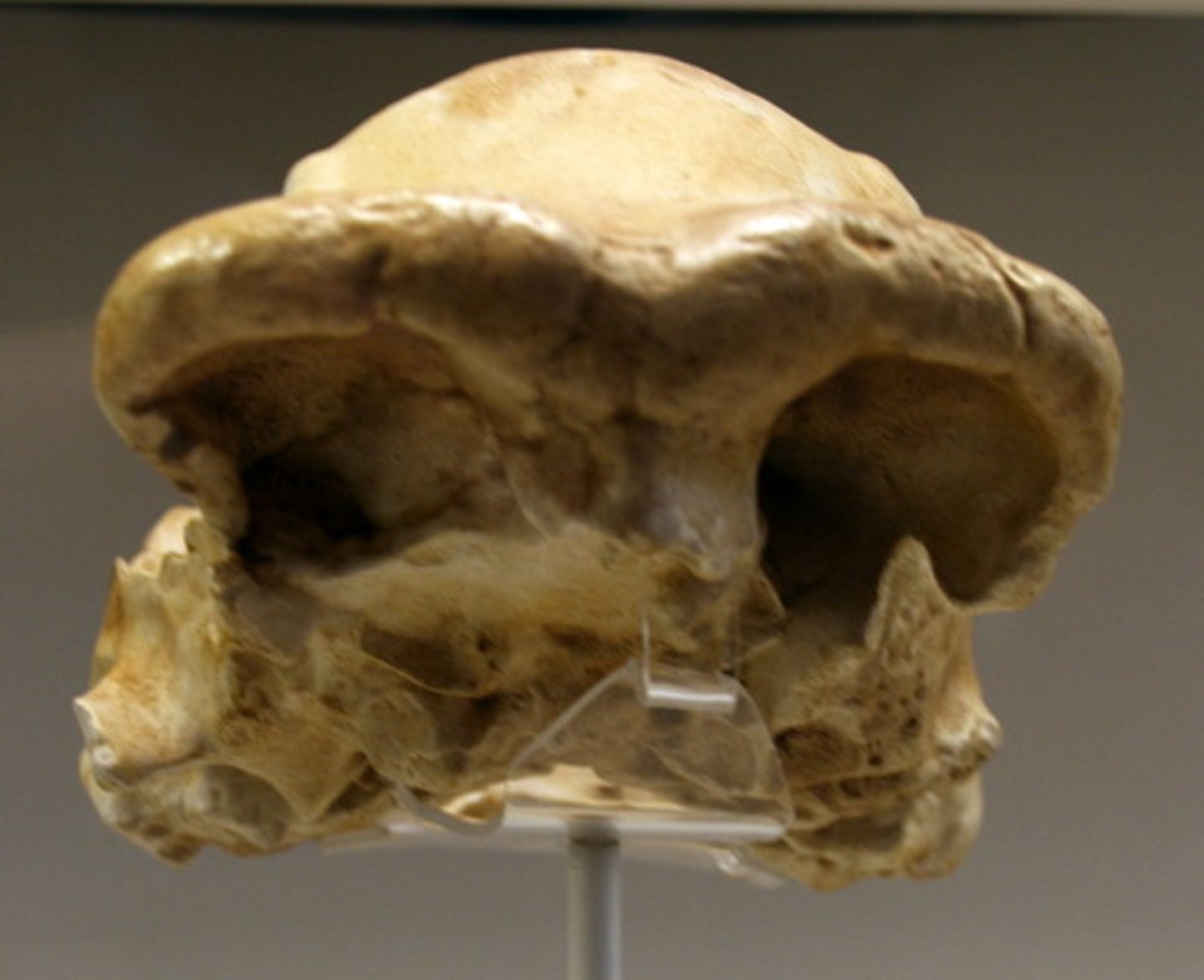
1.4 MYA - Chellean Man (Fact 2)
Named after the now-obsolete term for another less well-known term for the Oldowan Tools

1.2 MYA - 0.2 MYA - Peking Man (Fact 1)
Homo Erectus of China
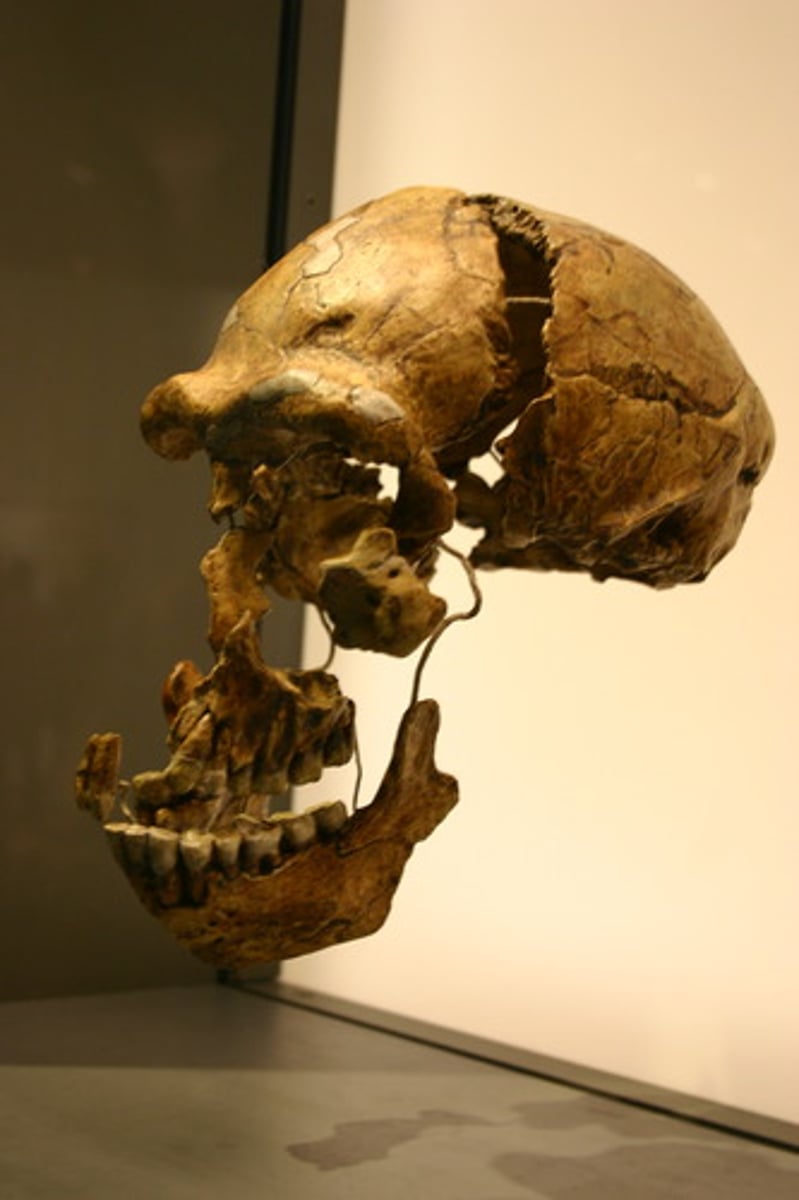
1 MYA - Daka Calvaria (Fact 1)
Homo Erectus of Ethiopia during the Lower Paleolithic
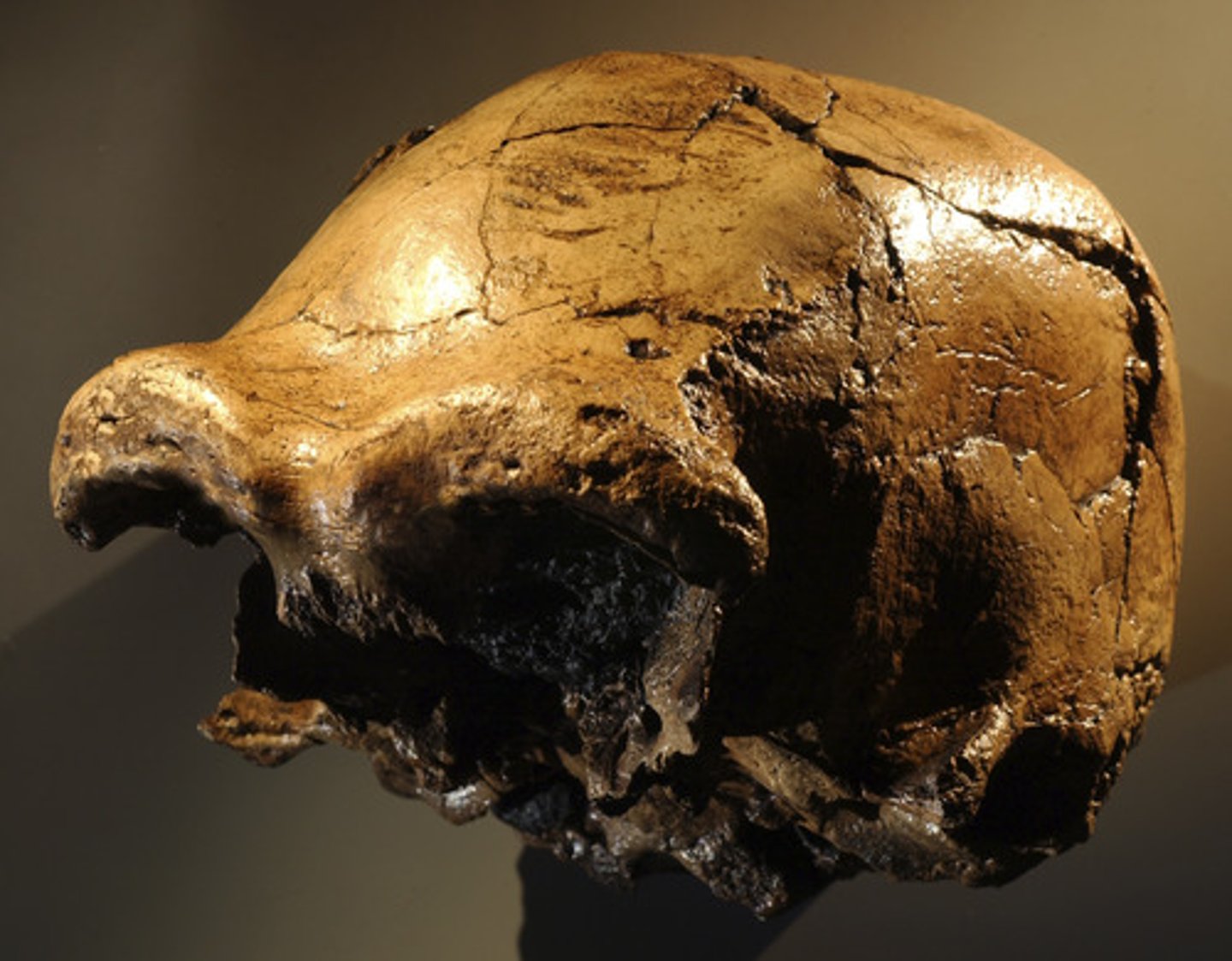
1 MYA - 700 KYA - Java Man (Fact 1)
Homo Erectus of Indonesia during the Lower Paleolithic
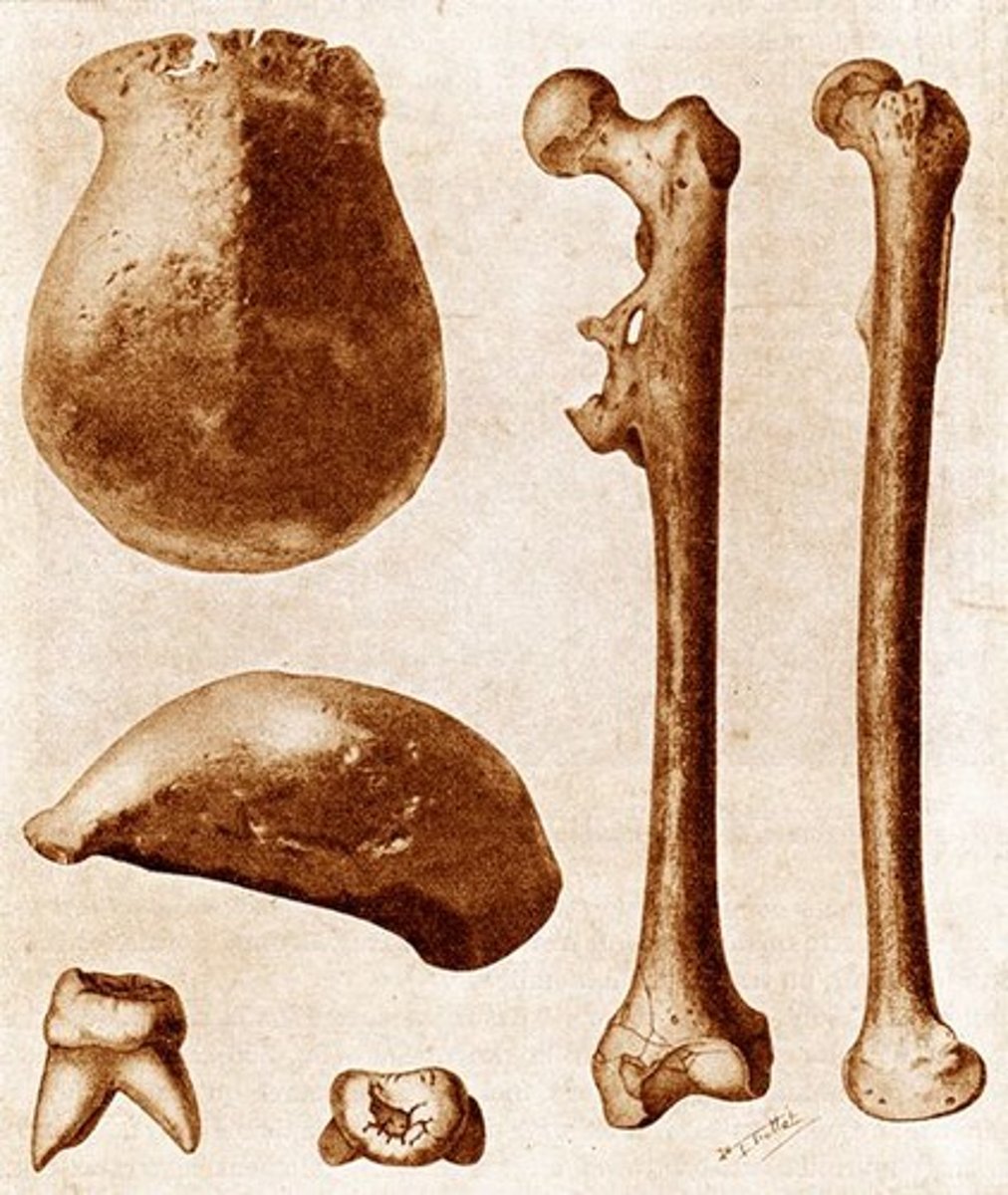
700 KYA - Sangiran 17 (Fact 1)
Homo Erectus of Indonesia during the Lower Paleolithic
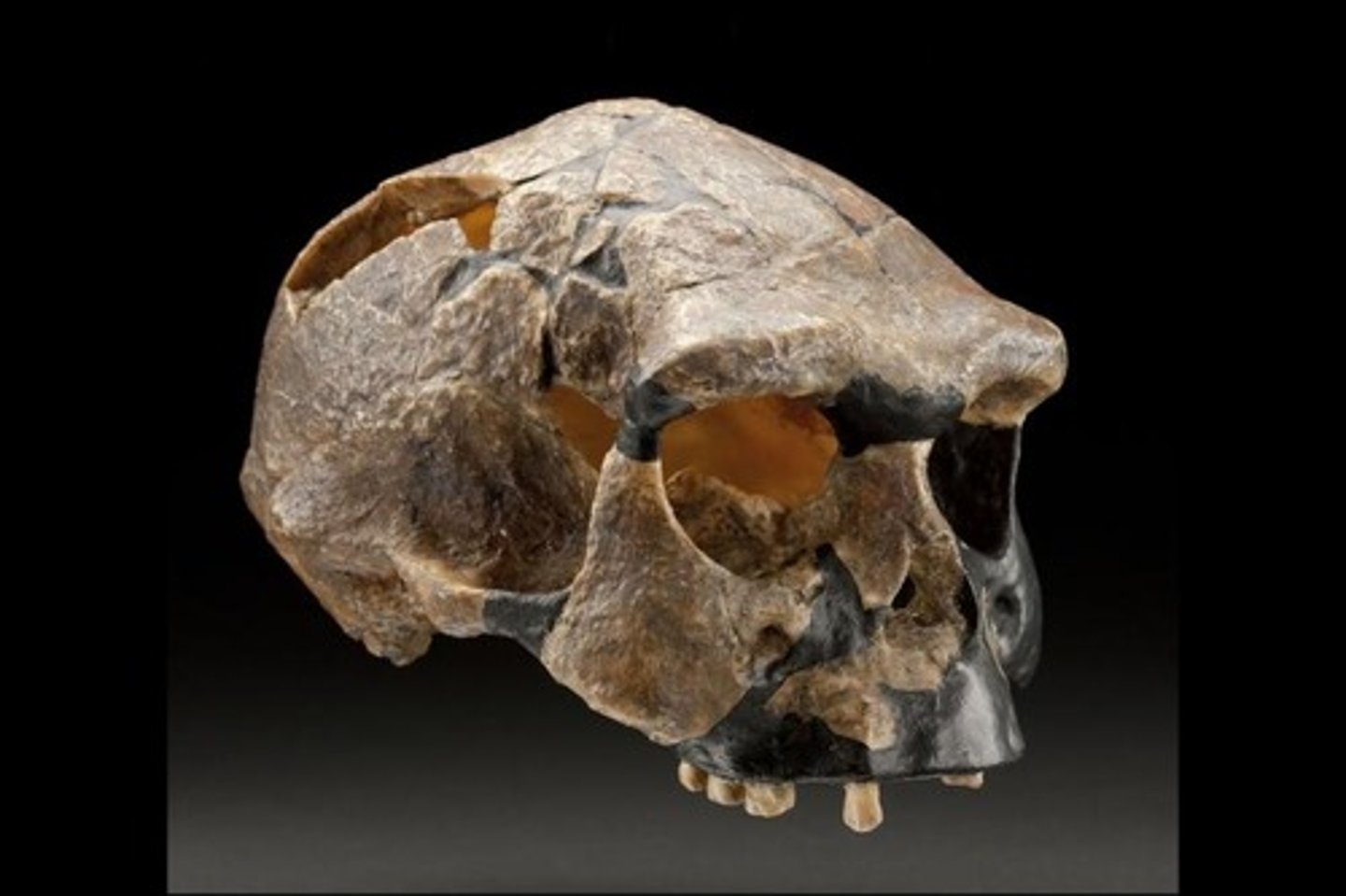
550 KYA - 400 KYA - Tautavel Man (Fact 1)
Homo Erectus of France during the Lower Paleolithic

500 KYA - Heidelberg Man (Fact 1)
Homo Heidelbergensis of Mauer, Germany during the Lower Paleolithic
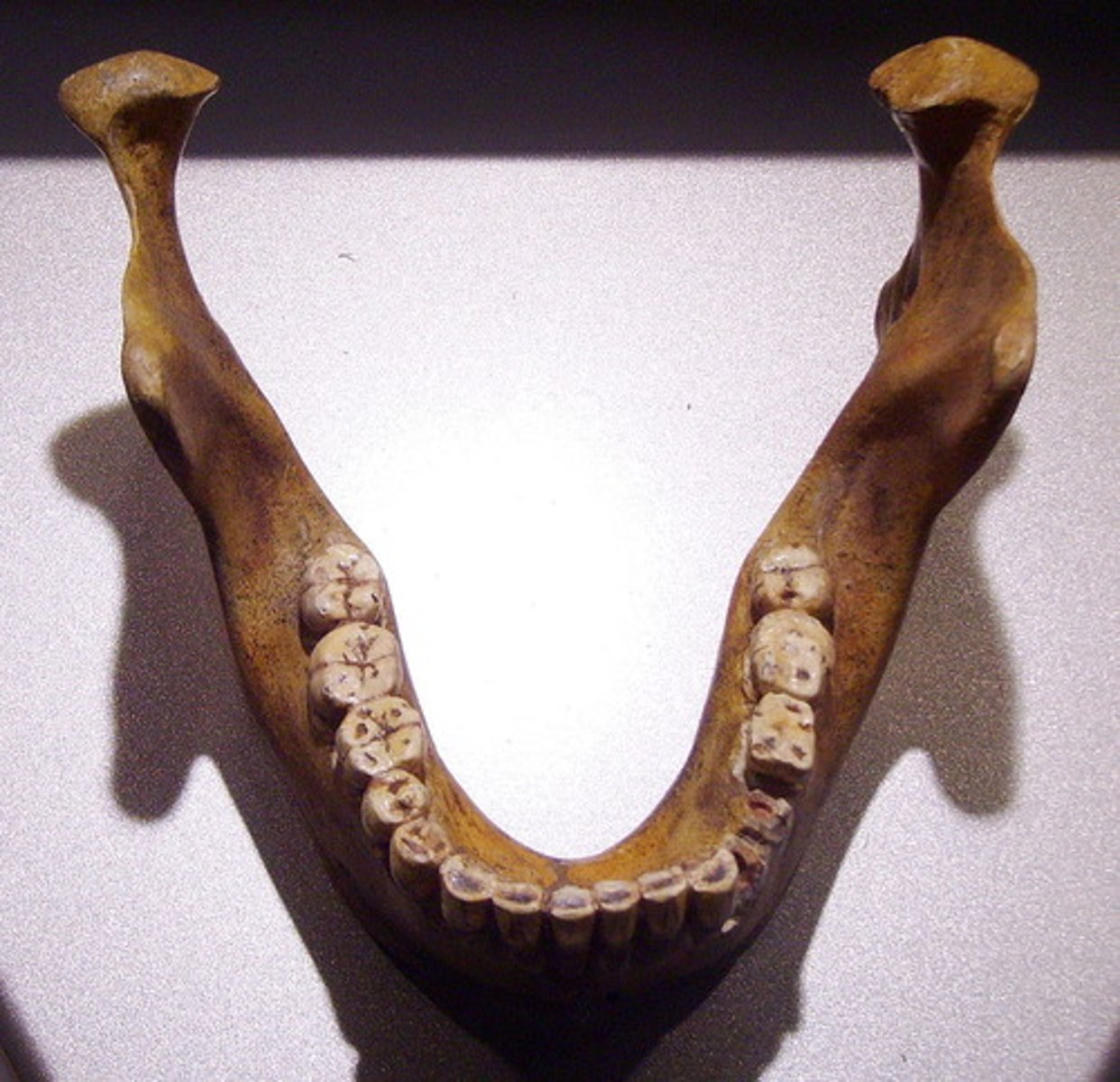
500 KYA - Saldanha Man (Fact 1)
Homo Rhodesiensis of South Africa during the Lower Paleolithic
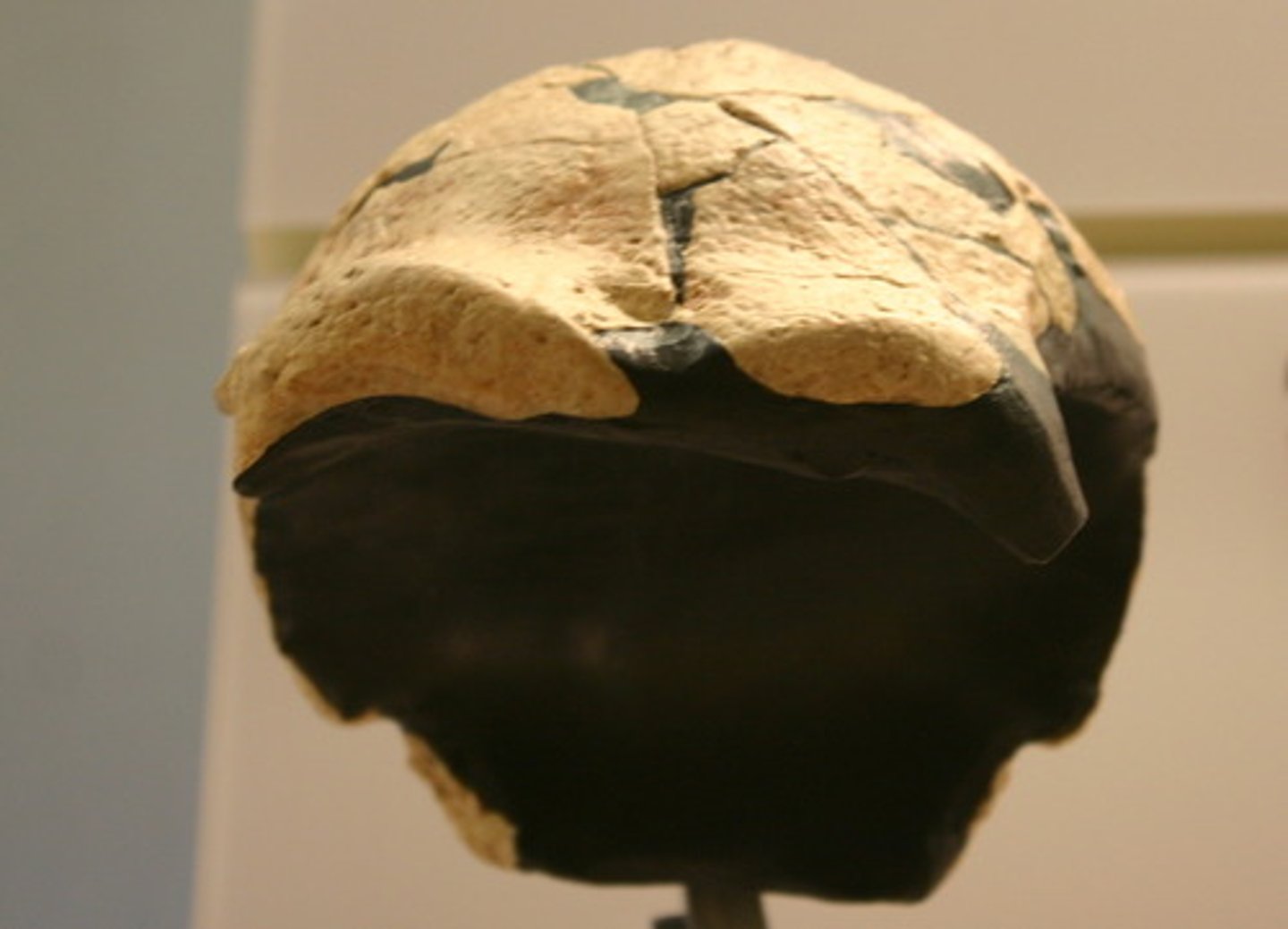
500 KYA - Boxgrove Man (Fact 1)
Homo Heidelbergensis of England during the Lower Paleolithic
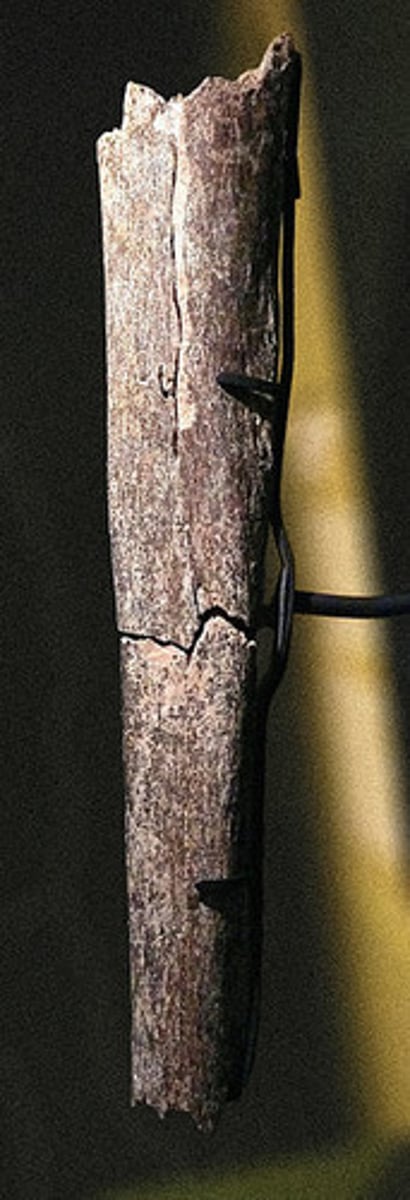
400 KYA - Aroeira 3 (Fact 1)
Homo Heidelbergensis of Portugal during the Lower Paleolithic

400 KYA - Swanscombe Man (Fact 1)
Extremely early Homo Sapiens Neanderthalensis of the namesake place in England during the Lower Paleolithic
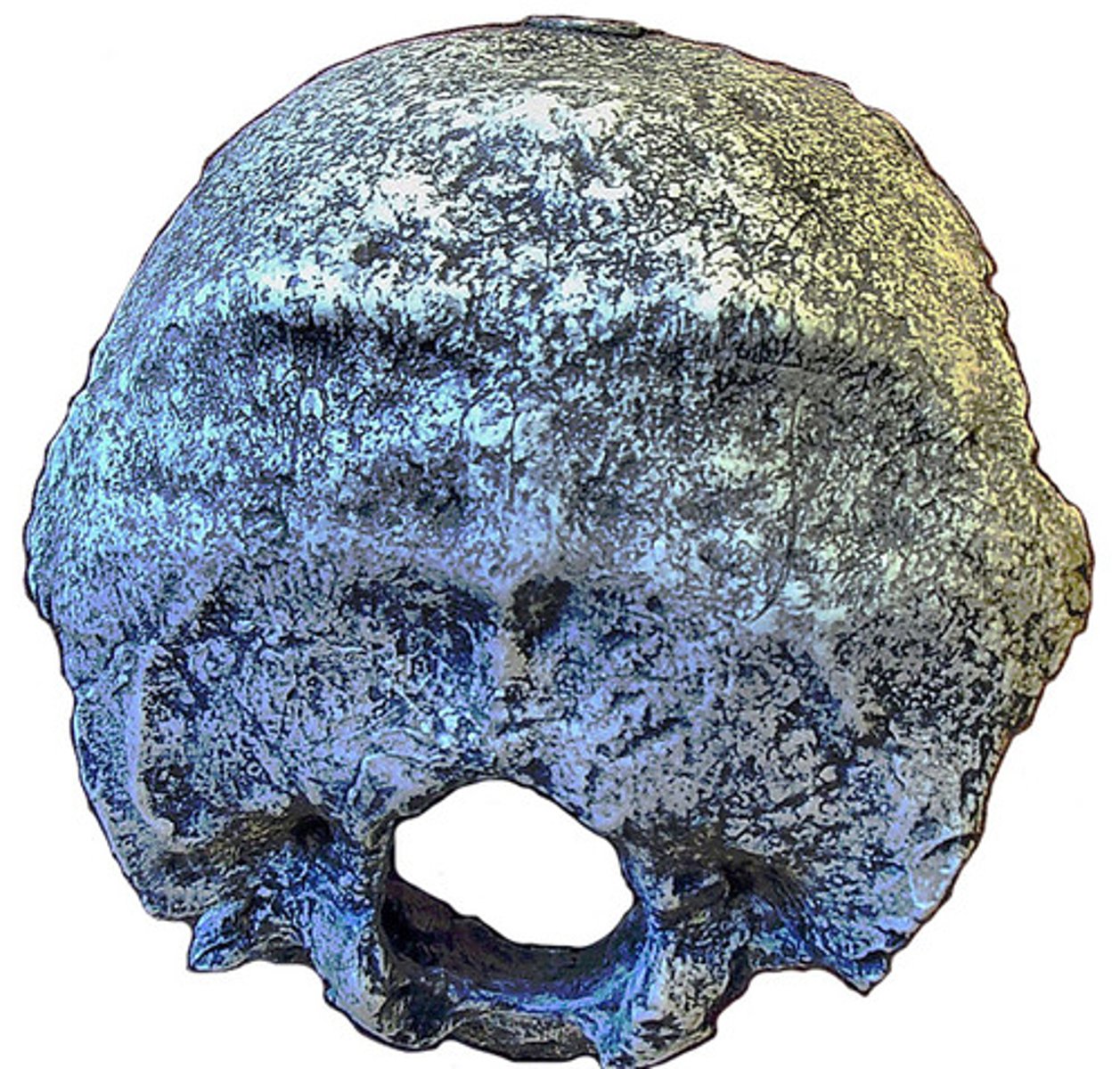
350 KYA - Steinheim Man (Fact 1)
Homo Heidelbergensis of the namesake place in Germany during the Lower Paleolithic
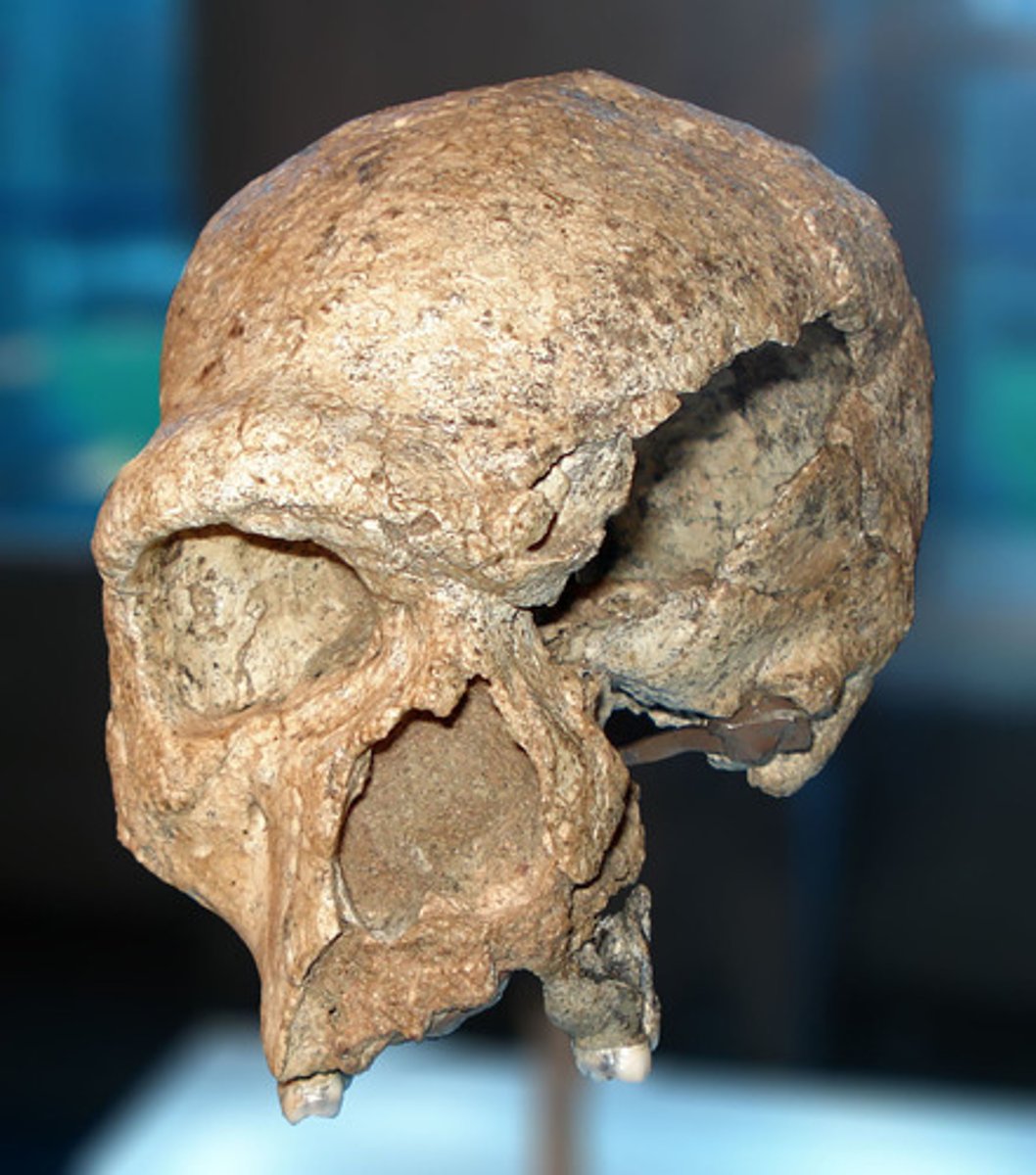
350 KYA - 300 KYA - Jebel Irhoud Skulls (Fact 1)
Extremely early Homo Sapiens of the namesake place in Morocco during the Lower Paleolithic and Middle Paleolithic

300 KYA - 250 KYA - Vertesszollos Man (Fact 1)
Homo Heidelbergensis of Hungary during the Middle Paleolithic
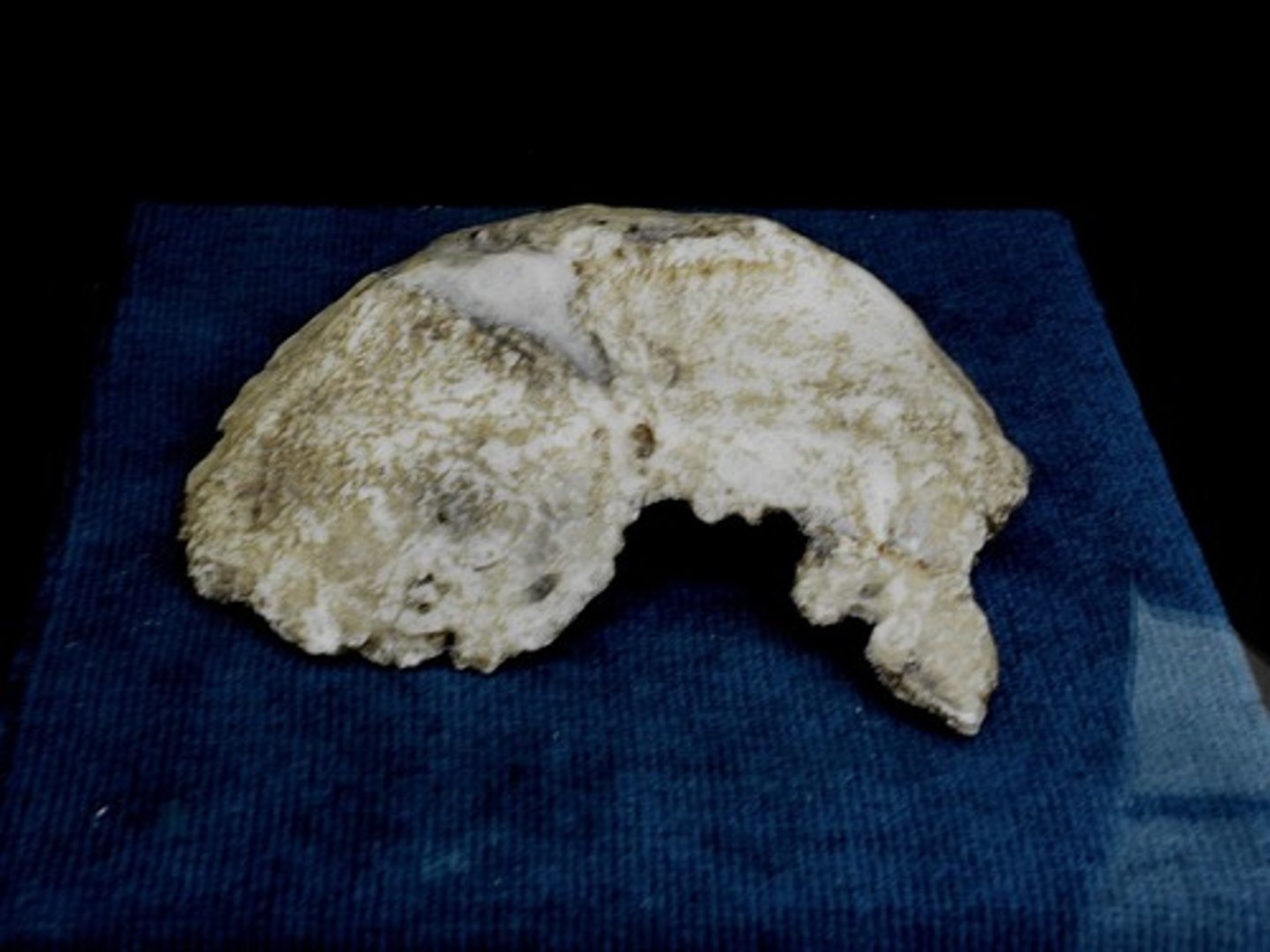
300 KYA - 250 KYA - Vertesszollos Man (Fact 2)
Nicknamed "Samu" (short for "Samuel" in honor of the day it was discovered)
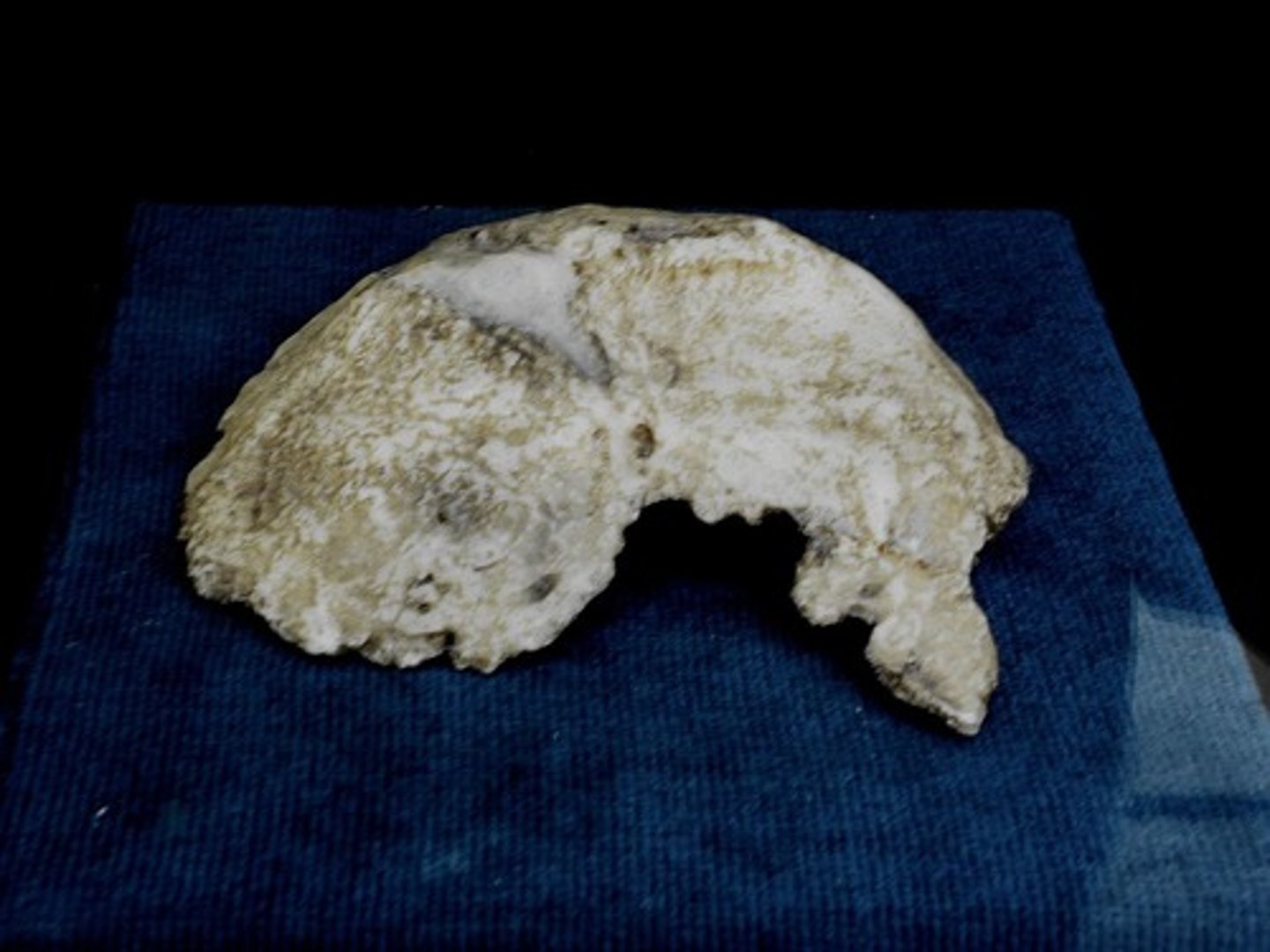
300 KYA - 200 KYA - Galilee Man (Fact 1)
Homo Heidelbergensis of Israel during the Middle Paleolithic
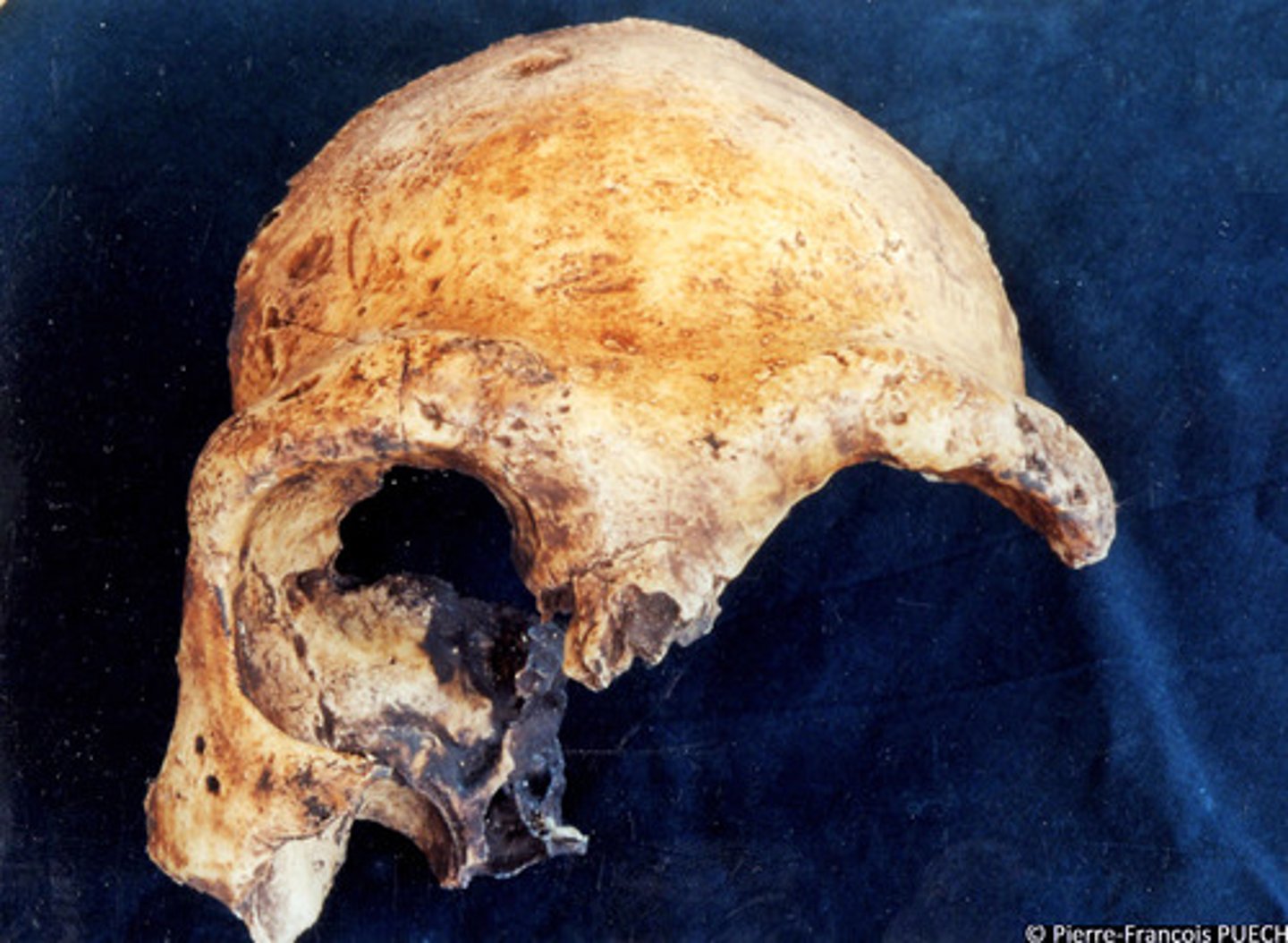
250 KYA - Saccopastore 1 (Fact 1)
Homo Sapiens Neanderthalensis of the namesake place in Italy during the Middle Paleolithic
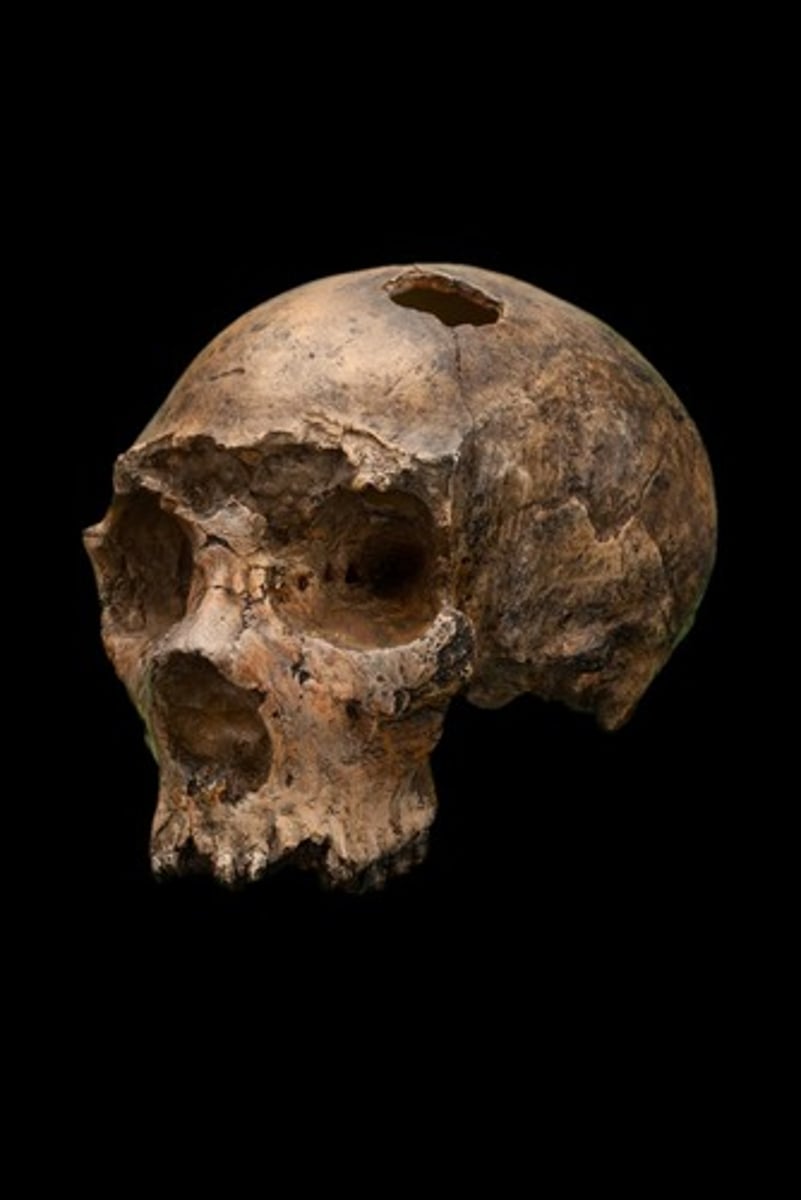
210 KYA - Apidimia 1 (Fact 1)
Early (incomplete) Homo Sapiens of Greece during the Middle Paleolithic
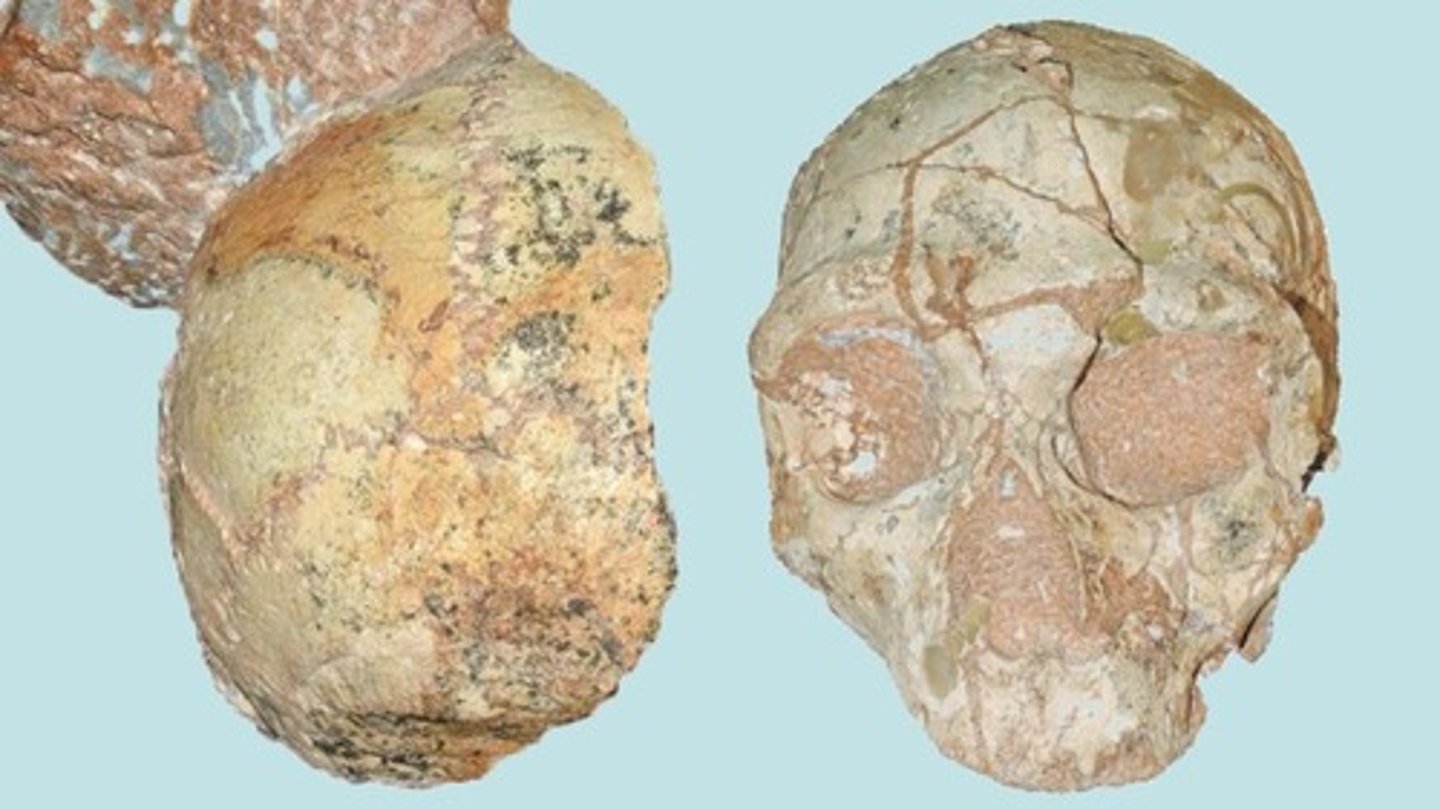
200 KYA - 190 KYA - The Omo (Fact 1)
Early Homo Sapiens of the namesake place in Ethiopia, Africa during the Middle Paleolithic
194 KYA - 177 KYA - Misliya 1 (Fact 1)
Early Homo Sapiens of the namesake place in Israel during the Middle Paleolithic
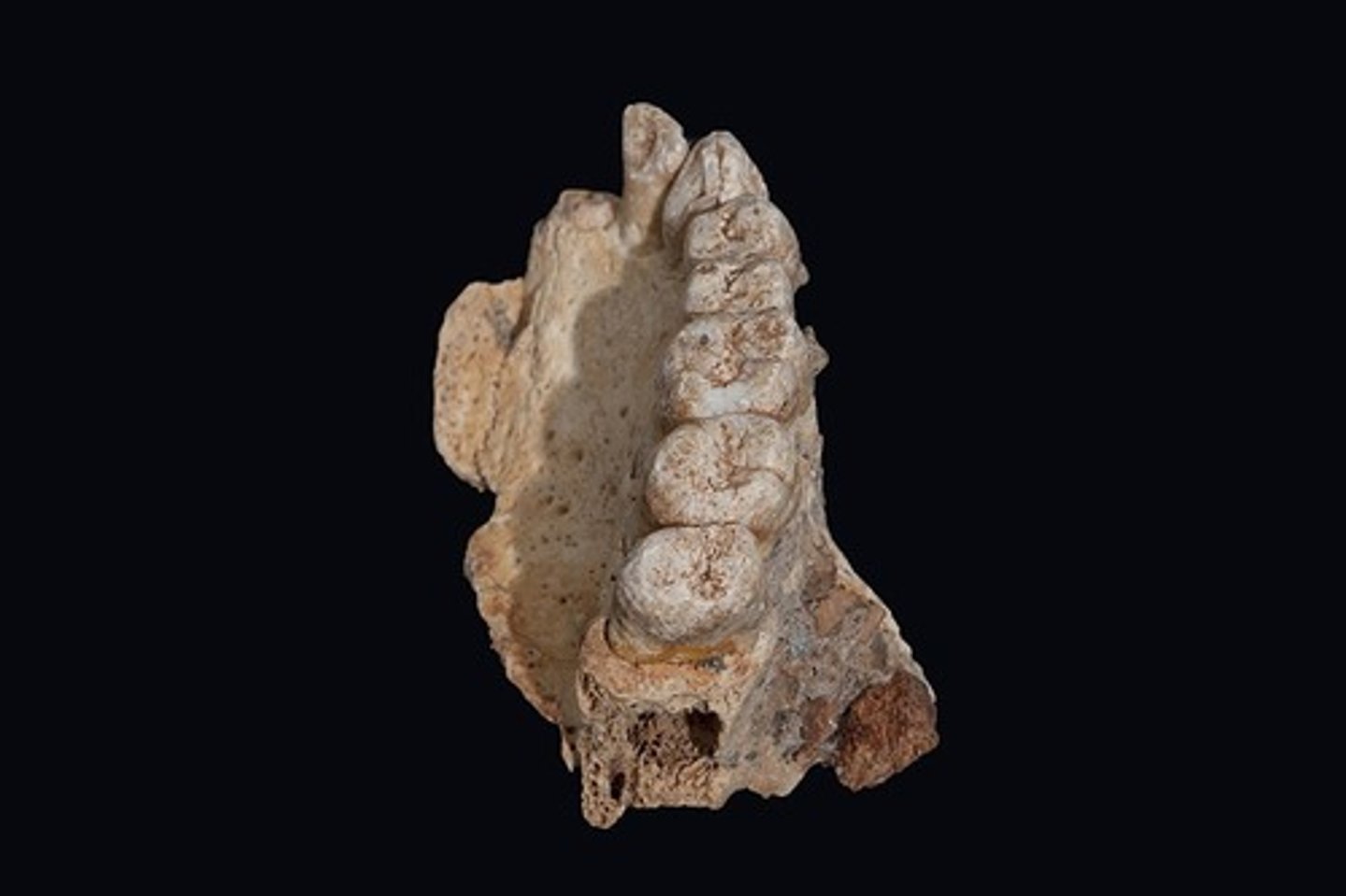
170 KYA - Apidimia 2 (Fact 1)
Early (incomplete) Homo Sapiens Neanderthalensis of Greece during the Middle Paleolithic
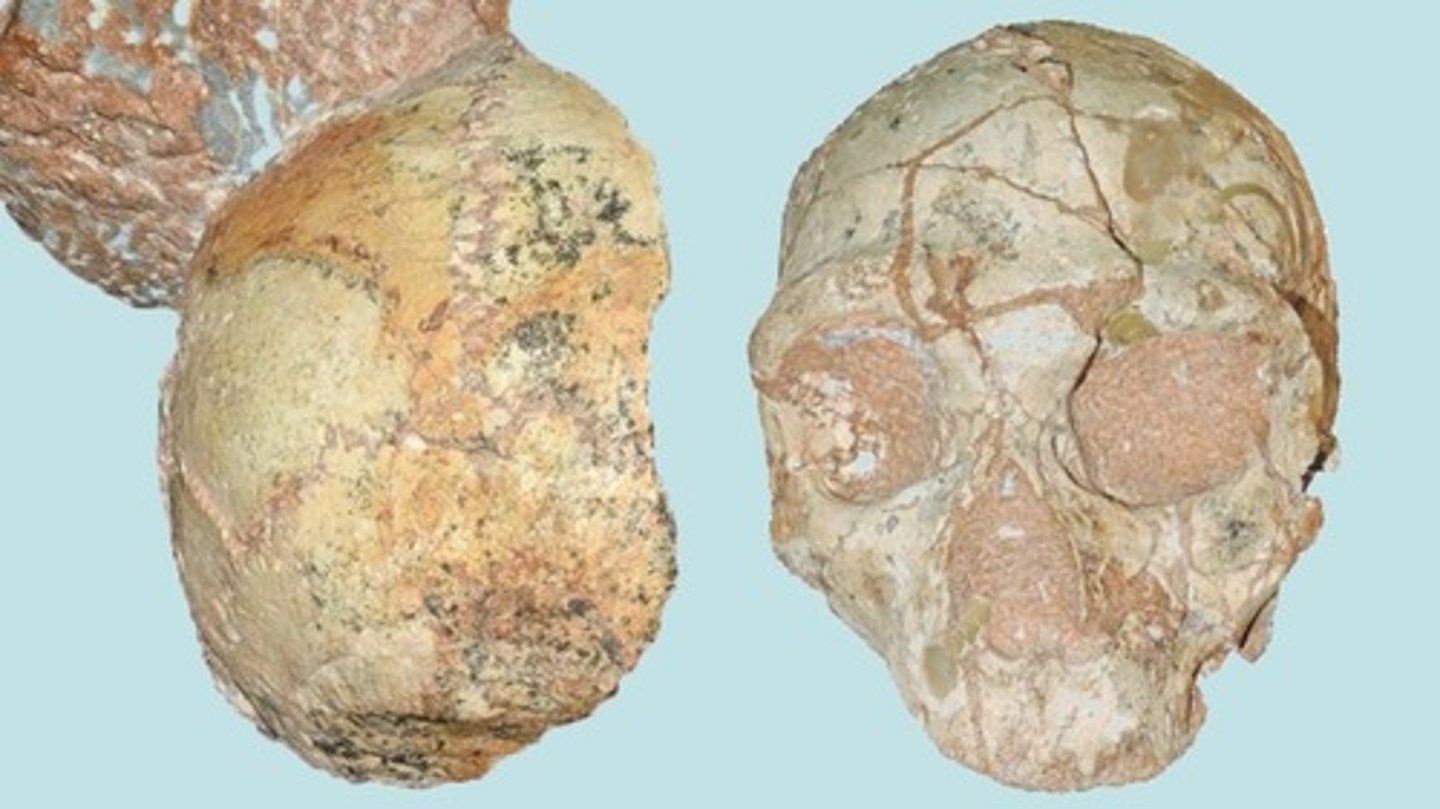
165 KYA - 154 KYA - Herto Man (Fact 1)
Homo Sapiens Idaltu of Ethiopia during the Middle Paleolithic
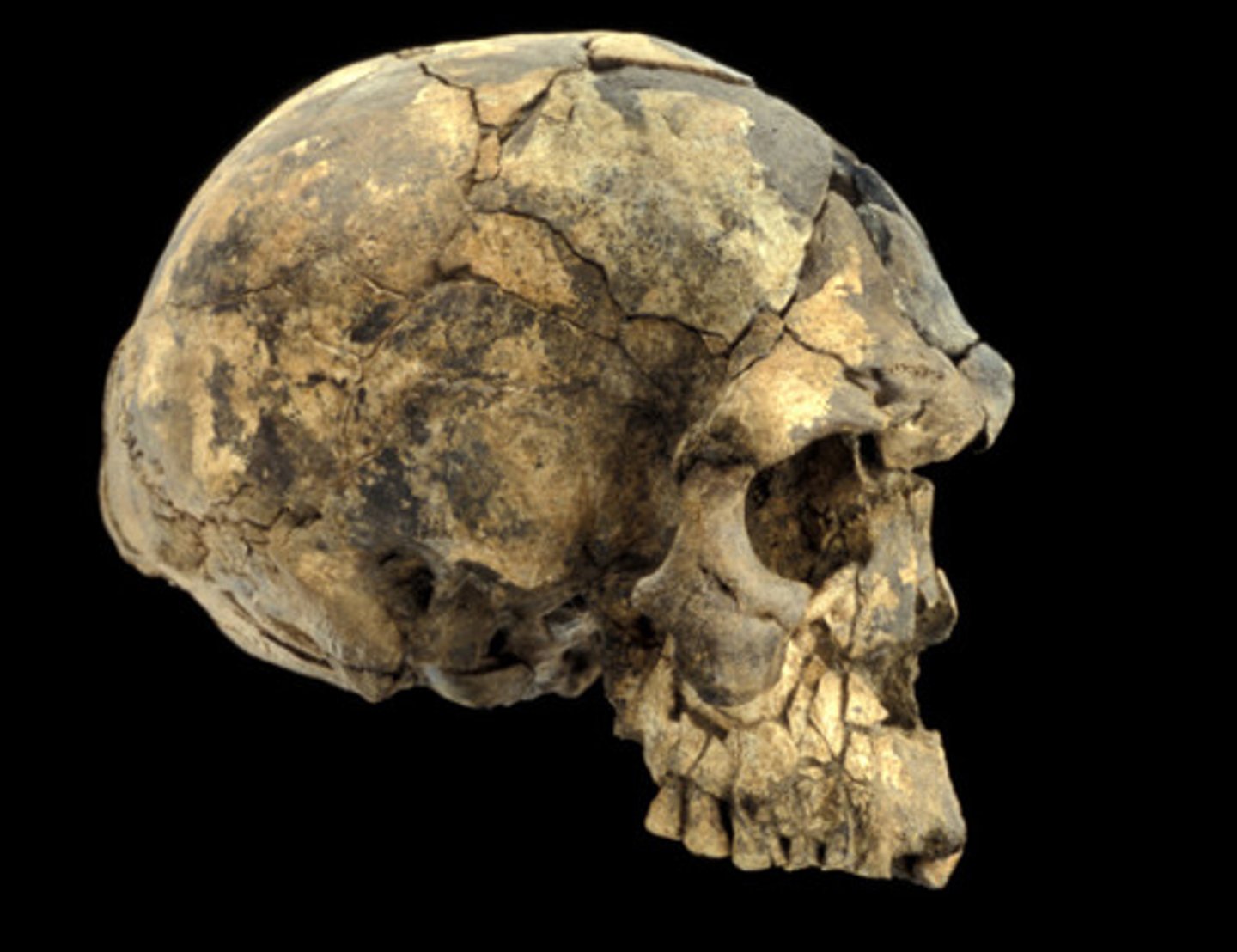
160 KYA - Xiahe Mandible (Fact 1)
Denisovan of China during the Middle Paleolithic

172 KYA - 130 KYA - Altamura Man (Fact 1)
Homo Sapiens Neanderthalensis of the namesake city in Italy during the Middle Paleolithic
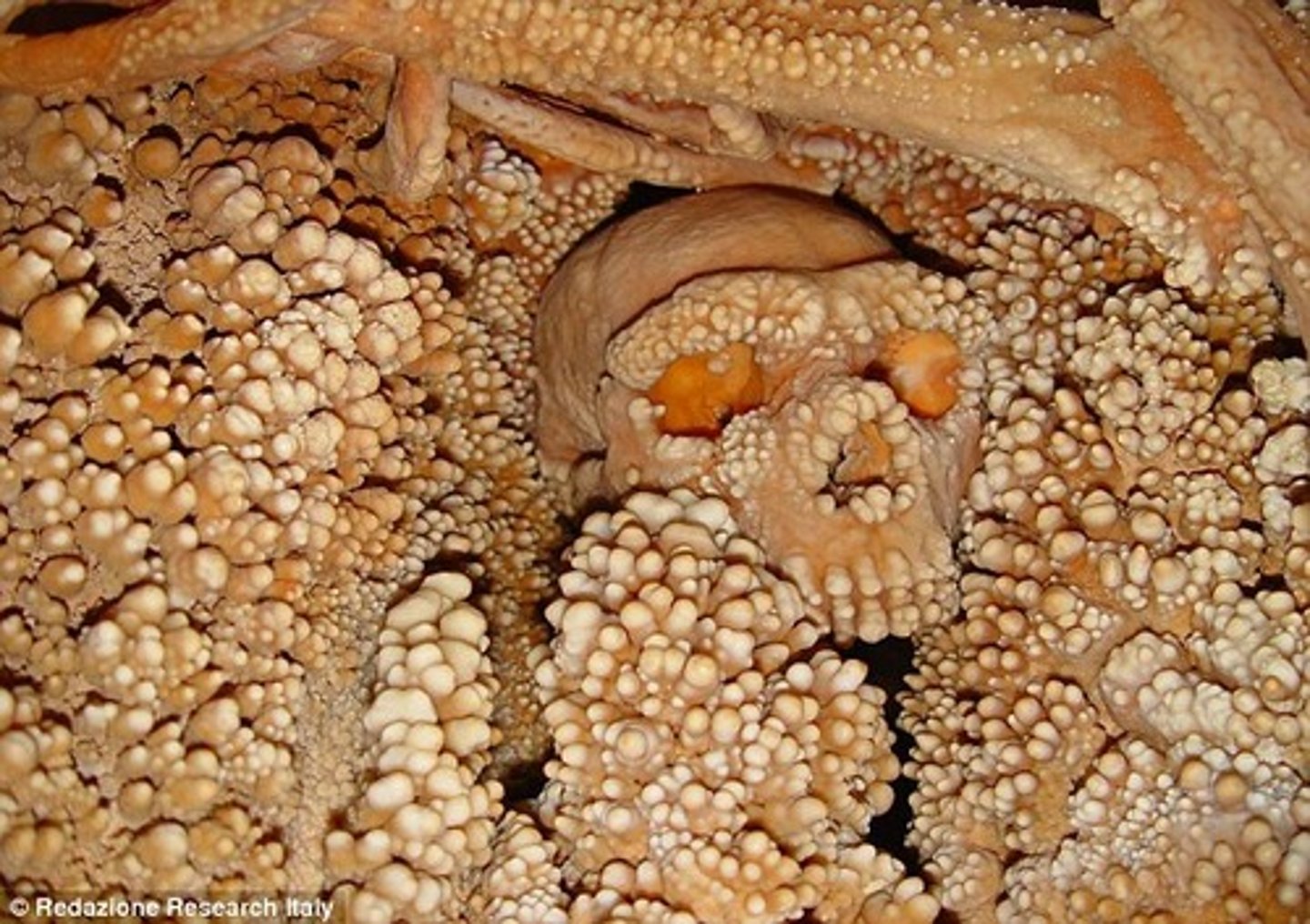
117 KYA - Eve's Footprints (Fact 1)
Homo Sapiens Sapiens of South Africa during the Middle Paleolithic, the first anatomically modern humans in Africa
120 KYA - 80 KYA - Skhul 5 (Fact 1)
Homo Sapiens Sapiens of Israel during the Middle Paleolithic, the first anatomically modern Homo Sapiens, or Homo Sapiens Sapiens, outside of Africa
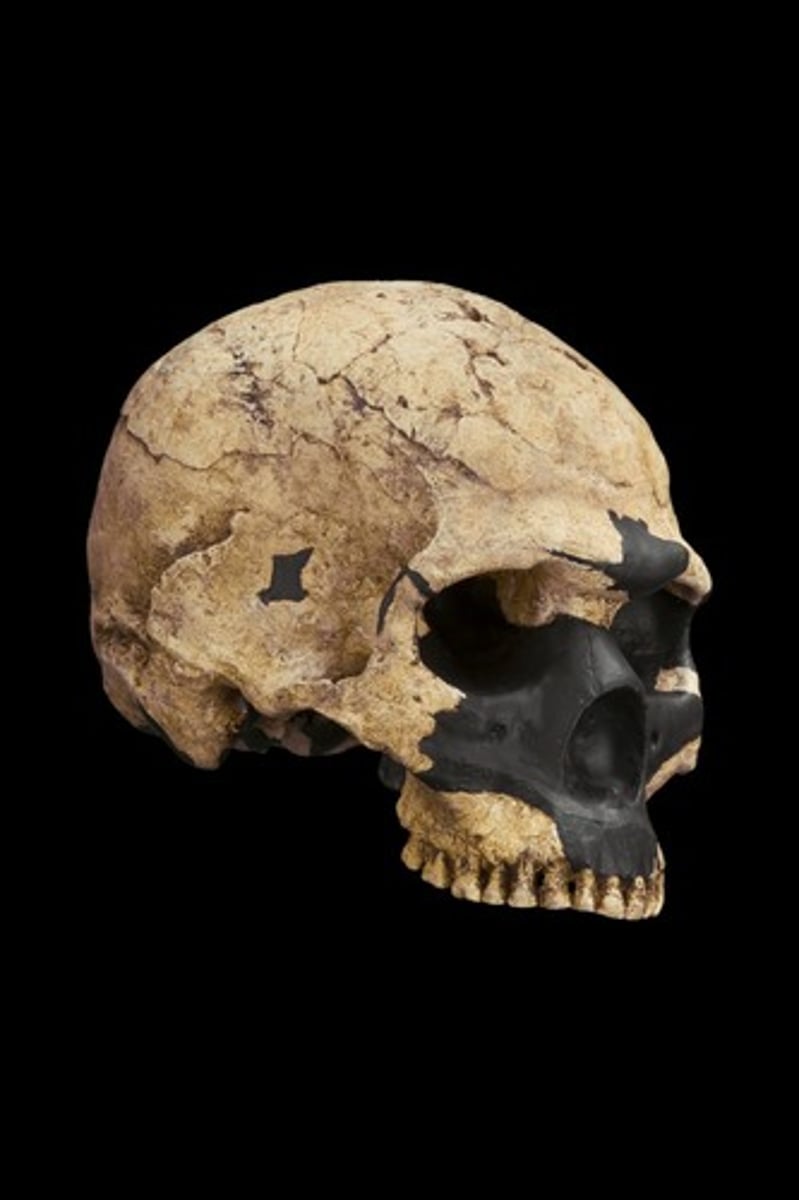
120 KYA - 80 KYA - Skhul 9 (Fact 1)
Homo Sapiens Sapiens of Israel during the Middle Paleolithic, the first anatomically modern Homo Sapiens, or Homo Sapiens Sapiens, outside of Africa
112 KYA - Solo Man (Fact 1)
Homo Erectus of Indonesia during the Middle Paleolithic
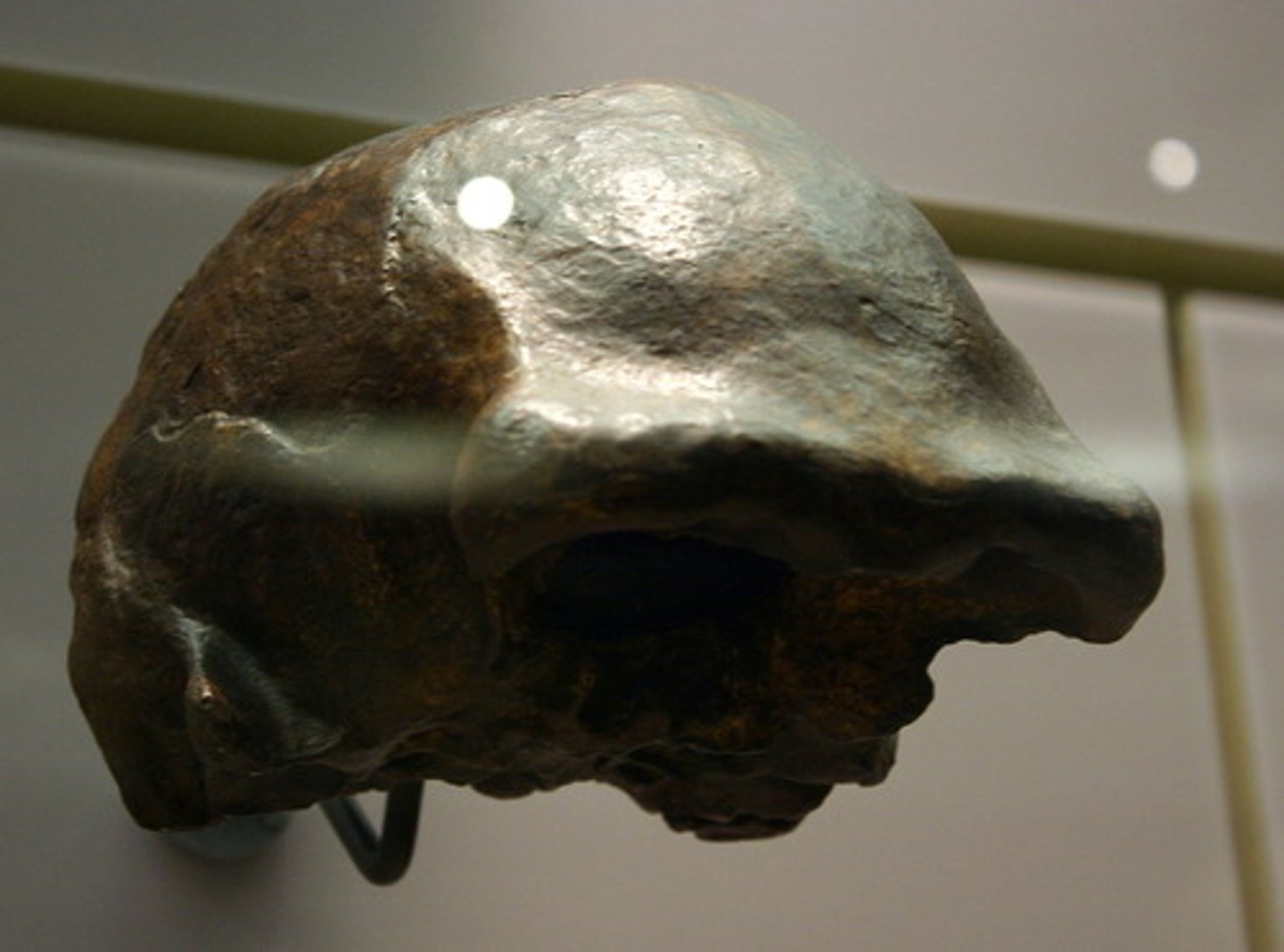
110 KYA - Denisova 8 (Fact 1)
Denisovan of Russia during the Middle Paleolithic
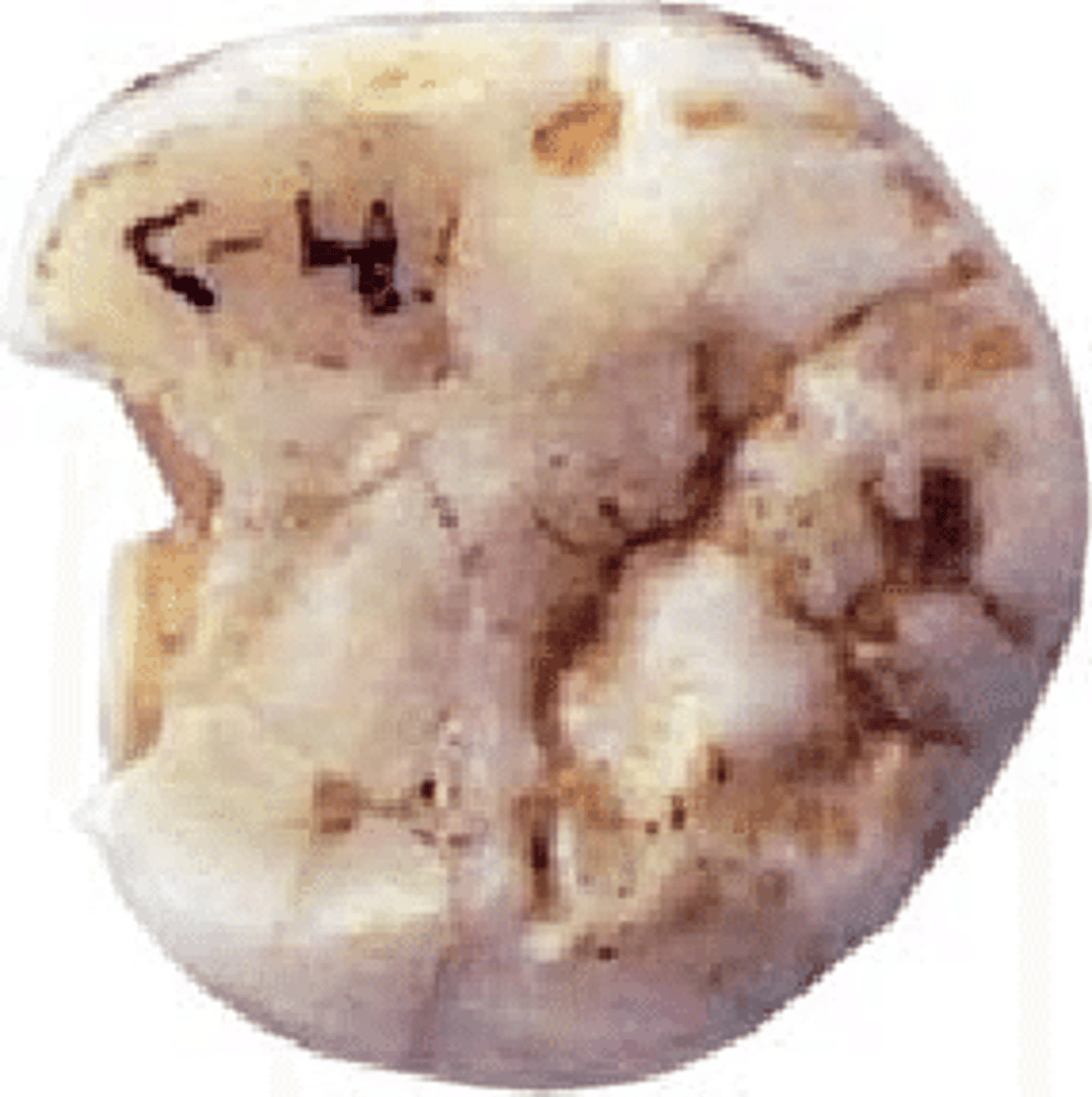
100 KYA - 90 KYA - Qafzeh 9 (Fact 1)
Homo Sapiens Sapiens of Israel during the Middle Paleolithic
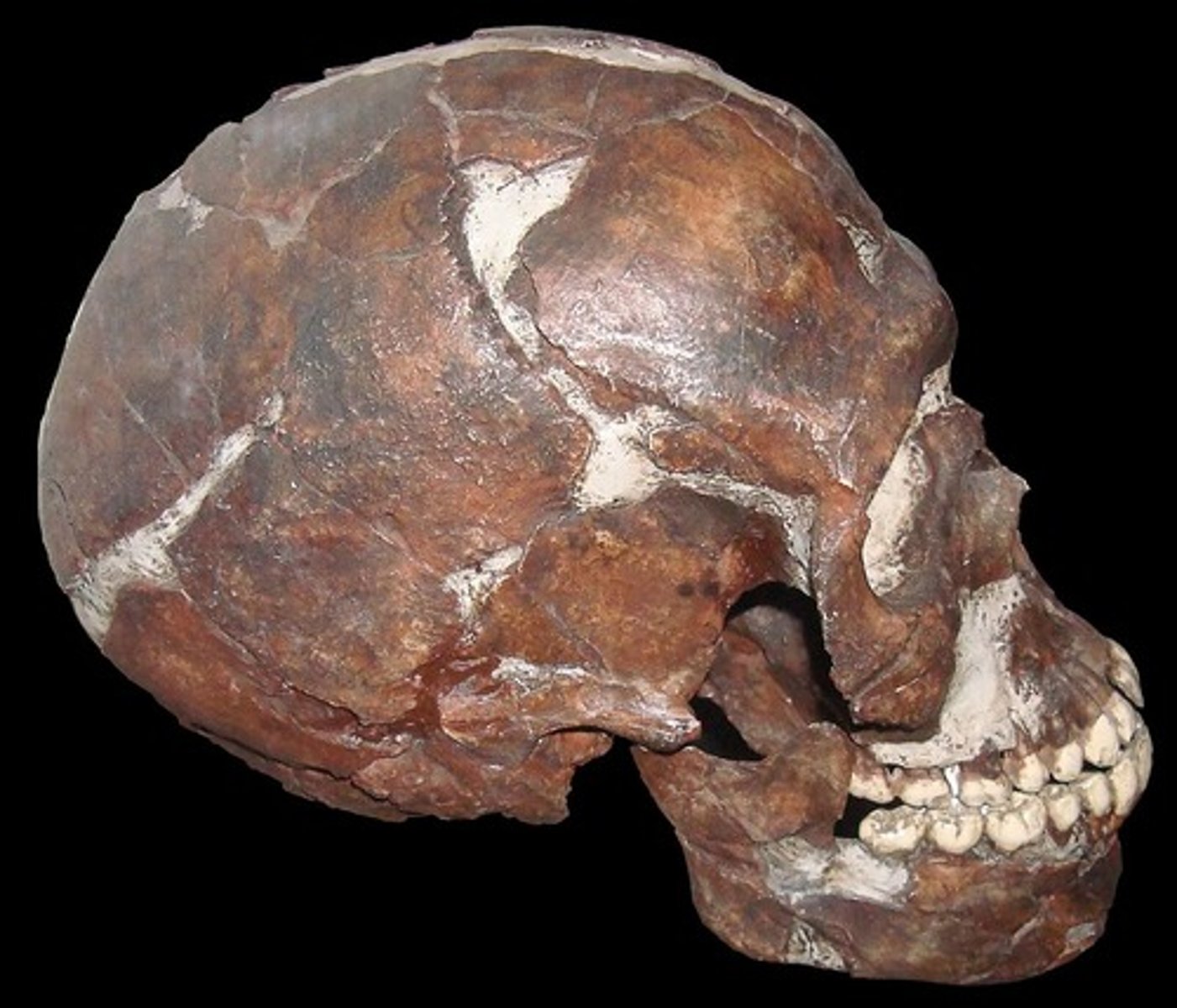
100 KYA - 90 KYA - Qafzeh 6 (Fact 1)
Homo Sapiens Sapiens of Israel during the Middle Paleolithic
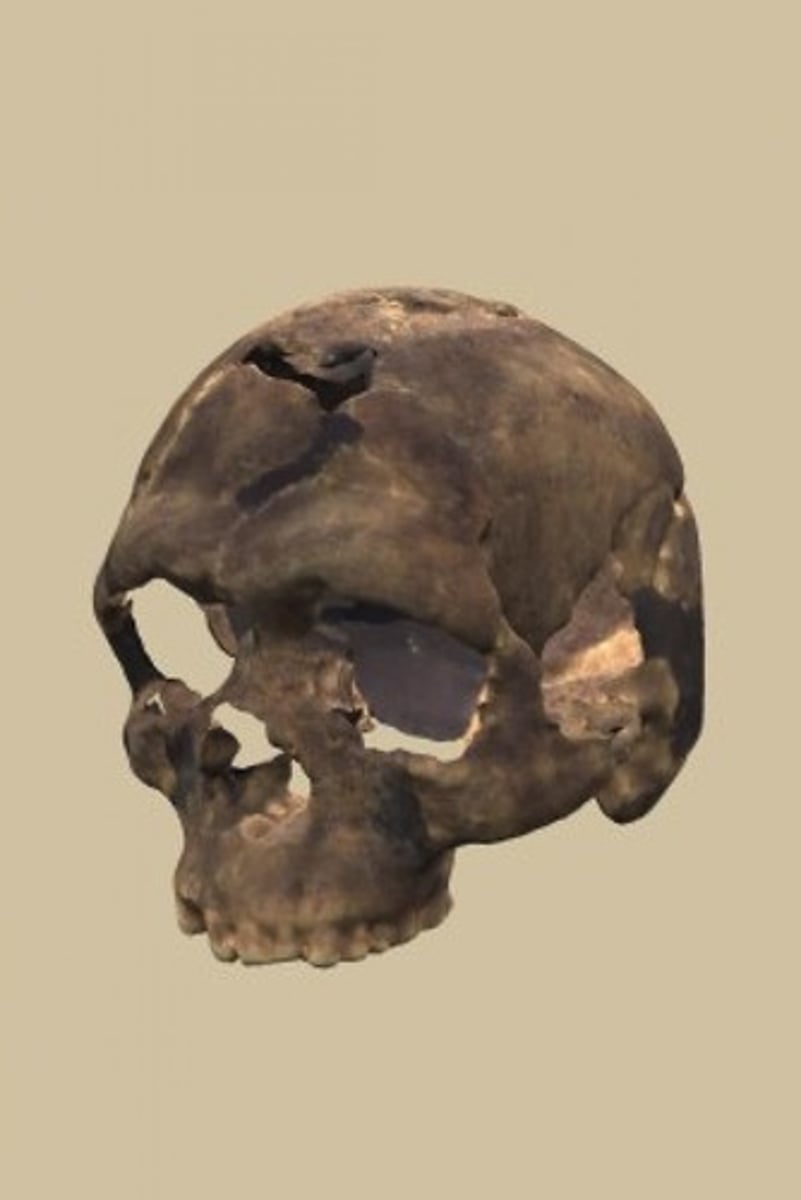
90 KYA - Denny (Fact 1)
Homo Sapiens Neanderthalensis-Denisovan "Hybrid" of Russia during the Lower Paleolithic
80 KYA - 35 KYA - Shanidar 1 (Fact 1)
Homo Sapien Neanderthalensis of Iraq during the Middle Paleolithic and Upper Paleolithic

80 KYA - 35 KYA - Shanidar 1 (Fact 2)
Homo Sapien Neanderthalensis of Iraq whose extent of injuries were so severe that he would never have survived without the care from someone else or some other group of people

70 KYA - Teshik-Tash 1 (Fact 1)
Homo Sapien Neanderthalensis of Uzbekistan during the Middle Paleolithic
70 KYA - La Ferrassie 1 (Fact 1)
Homo Sapien Neanderthalensis of France during the Middle Paleolithic
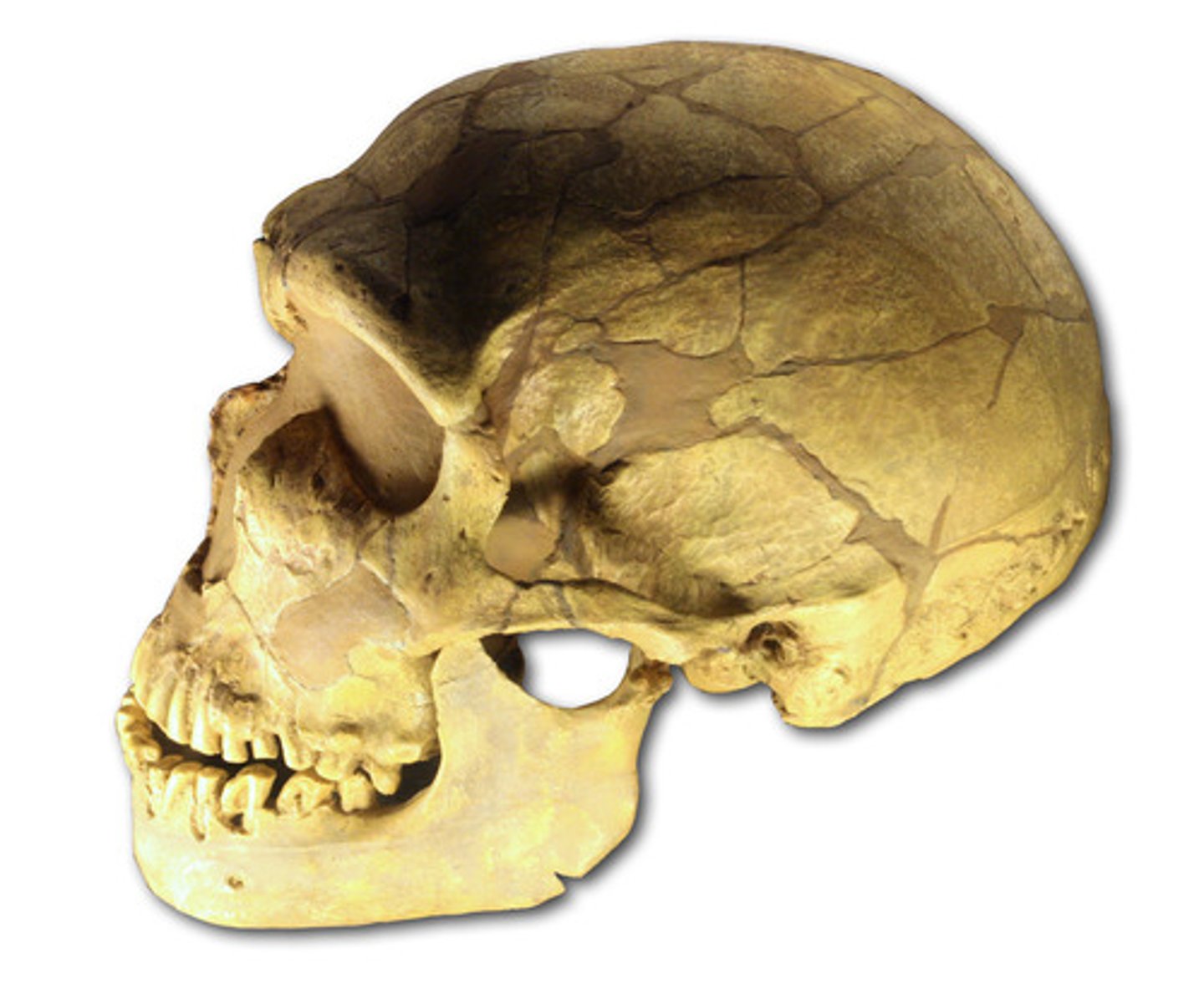
65 KYA - 35 KYA - Shanidar 3 (Fact 1)
Homo Sapien Neanderthalensis of Iraq who suffered from a sprained and/or broken ankle
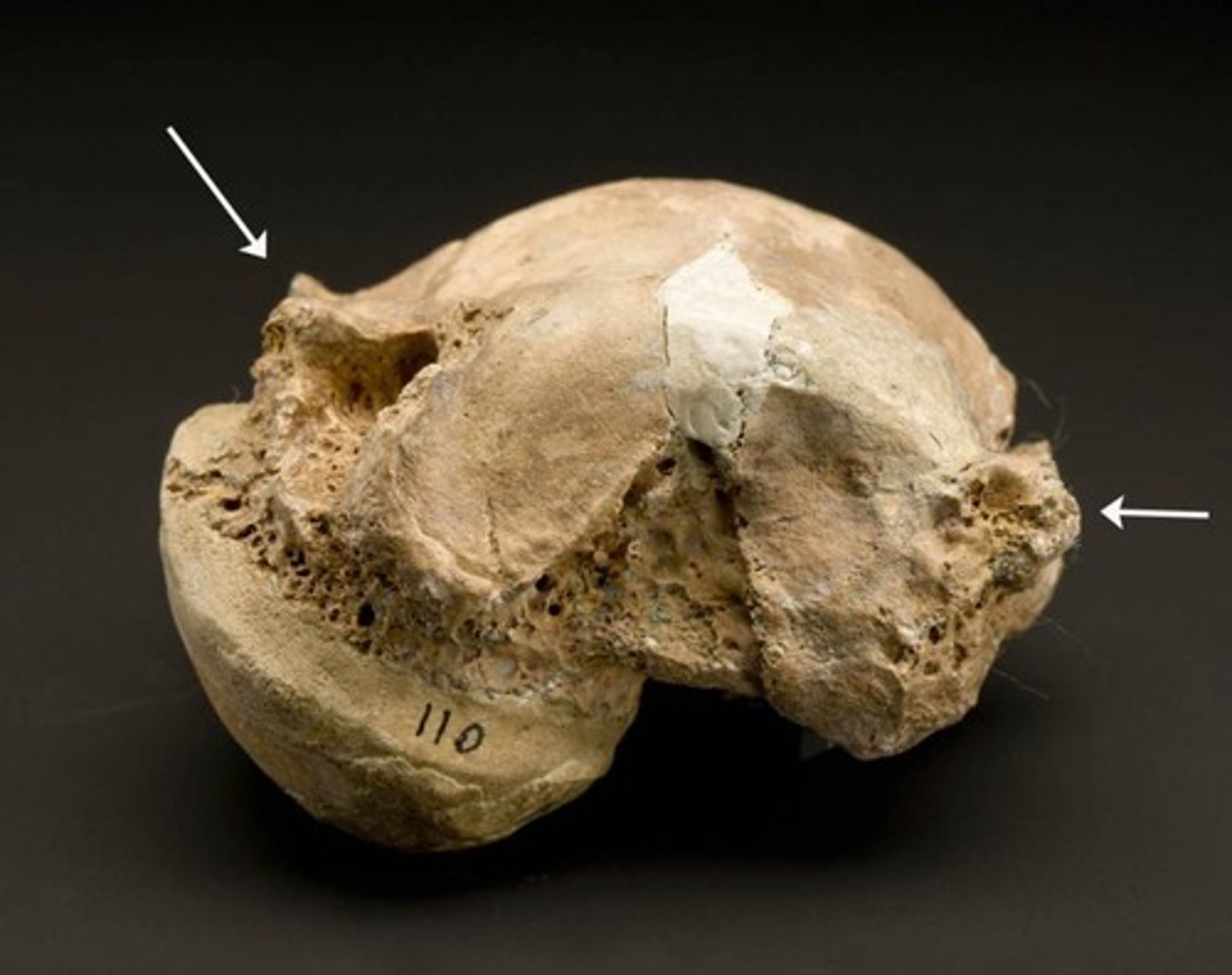
60 KYA - The Old Man of La Chapelle-aux-Saints (Fact 1)
Homo Sapien Neanderthalensis of France during the Middle Paleolithic
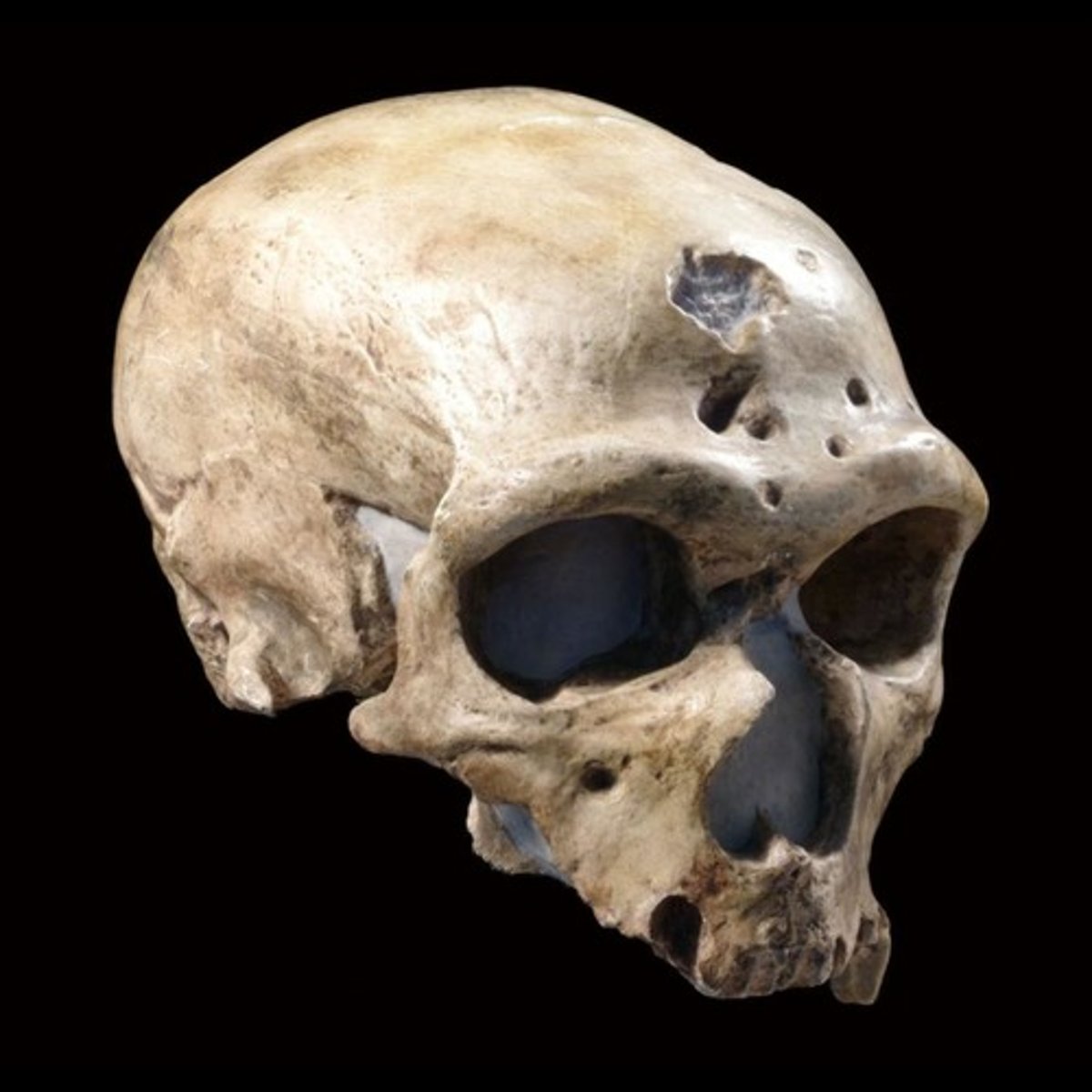
60 KYA - Kebara 2 (Fact 1)
Homo Sapien Neanderthalensis of Israel during the Middle Paleolithic
60 KYA - 50 KYA - LB1 "Hobbit" (Fact 1)
Homo Floresiensis of Indonesia during the Middle Paleolithic
60 KYA - 40 KYA - Mungo Man (Fact 1)
Homo Sapiens Sapiens of Australia during the Middle Paleolithic and Upper Paleolithic
50 KYA - 30 KYA - Le Moustier (Fact 1)
Homo Sapiens Neanderthalensis of France during the Upper Paleolithic and after which the namesake toolmaking-civilization is named
40 KYA - 20 KYA - Mungo Lady (Fact 1)
Homo Sapiens Sapiens of Australia during the Upper Paleolithic
40 KYA - 20 KYA - Mungo Lady (Fact 2)
First Homo Sapiens Sapiens to be cremated ever, first Australian Homo Sapiens Sapiens to be buried ever
30 KYA - Cro-Magnon 1 (Fact 1)
Homo Sapiens Sapiens of France during the Upper Paleolithic
26 KYA - Predmosti 3 (Fact 1)
Homo Sapiens Sapiens of the Czech Republic during the Upper Paleolithic
13.7 KYA - Bichon Man (Fact 1)
Homo Sapiens Sapiens of Switzerland during the Upper Paleolithic
300 KYA - 40 KYA - Mousterians (Fact 1)
Group of Homo Sapiens Neanderthalensis and Homo Sapiens Sapiens toolmakers in Africa, Europe, and Asia during the Middle Paleolithic and Upper Paleolithic
45 KYA - 40 KYA - European Chatelperronians (Fact 1)
Group of Homo Sapiens Neanderthalensis and Homo Sapiens Sapiens toolmakers in Africa, Europe, and Asia during the Middle Paleolithic and Upper Paleolithic
43 KYA - 26 KYA - European/Levantian Aurignacians (Fact 1)
First prehistoric civilization of anatomically modern Homo Sapiens Sapiens with a distinct culture
43 KYA - 26 KYA - European/Levantian Aurignacians (Fact 2)
First prehistoric civilization in Europe who made the first recognizable and distinguishable forms of art such as cave art in the form of paintings, figurative art in the form of figurines, and decorative art in the form of adornments
43 KYA - 26 KYA - European/Levantian Aurignacians (Fact 3)
First prehistoric civilization to cremate their dead
43 KYA - 26 KYA - European/Levantian Aurignacians (Fact 4)
First prehistoric civilization to make musical instruments, specifically the bone flute
33 KYA - 21 KYA - European Gravettians (Fact 0)
Prehistoric civilization in Europe following the Aurignacians
33 KYA - 21 KYA - European Gravettians (Fact 1)
Prehistoric civilization that made many Venus figurines mainly out of ivory and limestone
33 KYA - 21 KYA - European Gravettians (Fact 2)
Prehistoric civilization that hunted and gathered many mammoths
33 KYA - 21 KYA - European Gravettians (Fact 3)
Prehistoric civilization that lived in caves or in rounded dwellings that were arranged to form the first villages, although they still were nomadic
33 KYA - 21 KYA - European Gravettians (Fact 4)
Prehistoric civilization that invented and used woven nets (likely made as a communal activity of which women and children took part) and oil lamps made of stone
33 KYA - 21 KYA - European Gravettians (Fact 5)
Prehistoric civilization that developed burial rites that included the inclusion of simple, purposeful offerings and/or personal ornaments owned by the deceased, placed within the grave or tomb
33 KYA - 21 KYA - European Gravettians (Fact 6)
Prehistoric civilization that developed an ease of mobility compared to the Homo Sapiens Neanderthalensis who lacked the namesake group's technology and social organization that enabled them to migrate with their food source
33 KYA - 21 KYA - European Gravettians (Fact 7)
Prehistoric civilization whose diet consisted of meat from mammoths, hyenas, wolves, reindeer killed with stone or bone tools as well as meat from hares and foxes captured with woven nets, the first of their kind
33 KYA - 21 KYA - European Gravettians (Fact 8)
Physical Characteristics: Characterized by being some of the tallest men in prehistory and history with an average height of 6 feet and some of the tallest women in prehistory and history with women being an average height of 5 feet
33 KYA - 21 KYA - European Gravettians (Fact 9)
Physical Characteristics: Characterized by being skinny with the average man weighing around 150 pounds and woman around 120 pounds
33 KYA - 21 KYA - European Gravettians (Fact 10)
Physical Characteristics: Characterized by having uniquely high cheekbones among the rest of anatomically modern humans
22 KYA - 10 KYA - European Solutreans (Fact 0)
Prehistoric civilization in Europe following the Gravettians
22 KYA - 10 KYA - European Solutreans (Fact 1)
Group of hunters, toolmakers, and artists from Eastern France from the namesake site near Macon in France who set up camps along their own migration trails which they developed on their own in tracking and hunting down the herds of hundreds of thousands of horses of which they gained much knowledge about over the years and that lived sometime between 10 and 20,000 years ago
22 KYA - 10 KYA - European Solutreans (Fact 2)
Group of hunters, toolmakers, and artists from Eastern France from the namesake site near Macon in France who made fully-fashioned flint implements and projectile points (from the materials of hunted horses) that were carved into simple designs but later developed into more complex designs such as laurel leaf and willow leaf shapes, all of which they added to their hunting weapons
22 KYA - 10 KYA - European Solutreans (Fact 3)
Group of hunters, toolmakers, and artists from Eastern France from the namesake site near Macon in France who made their projectile points into complex variations of laurel leaf shapes which they trimmed on each side by very fine pressure strokes that reflected such a strong sense of craftsmanship that they may have even been used for ceremonial purposes
22 KYA - 10 KYA - European Solutreans (Fact 4)
Group of hunters, toolmakers, and artists from Eastern France from the namesake site near Macon in France who hunted a large variety of large game including horse, reindeer, mammoth, cave lion, rhinoceros, bear and aurochs
22 KYA - 10 KYA - European Solutreans (Fact 5)
Physical Characteristics: Characterized by their being gracile, males were relatively tall at 180 cm, their teeth similar in appearance to the teeth of those in the previous prehistoric civilization
17 KYA - 12 KYA - European Magdalenians (Fact 0)
Prehistoric civilization in Europe following the Solutreans